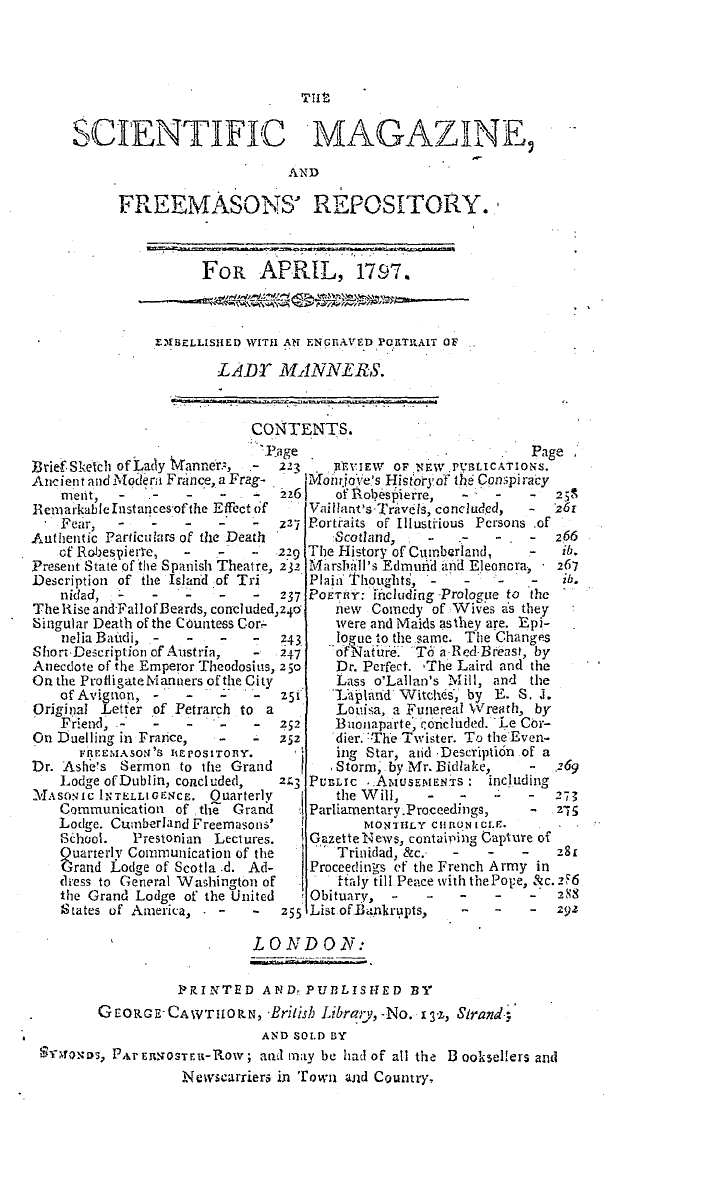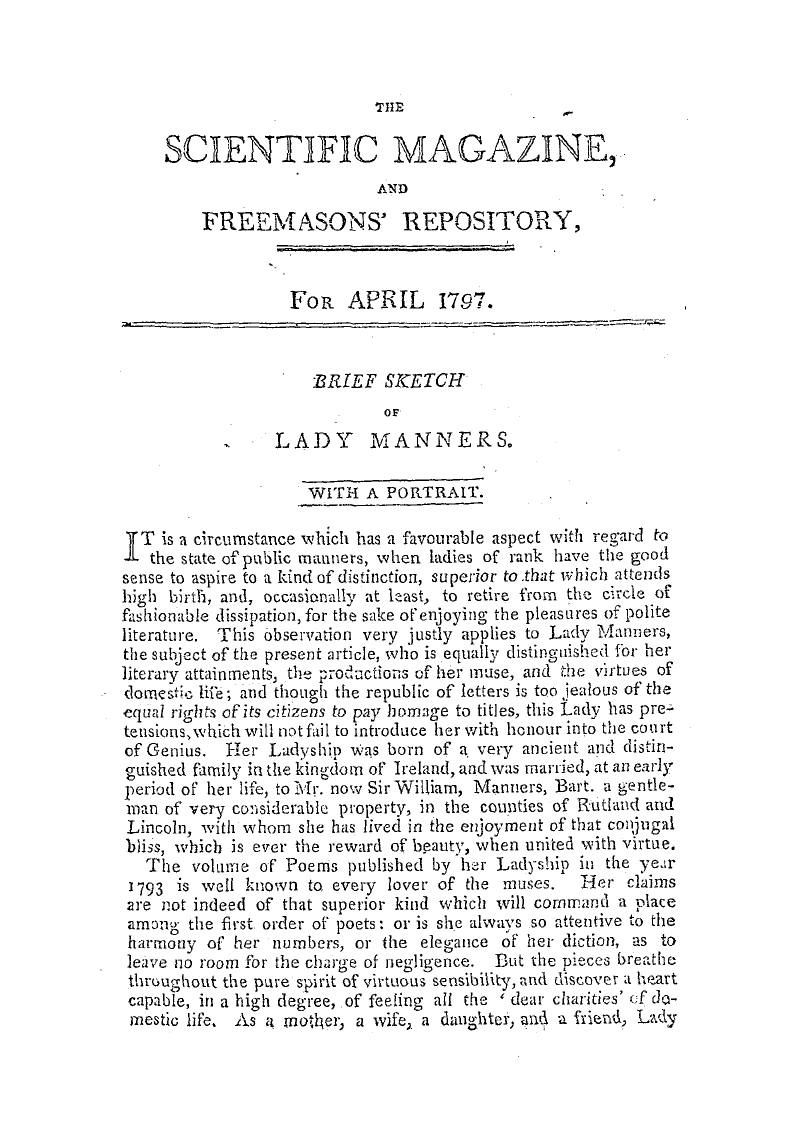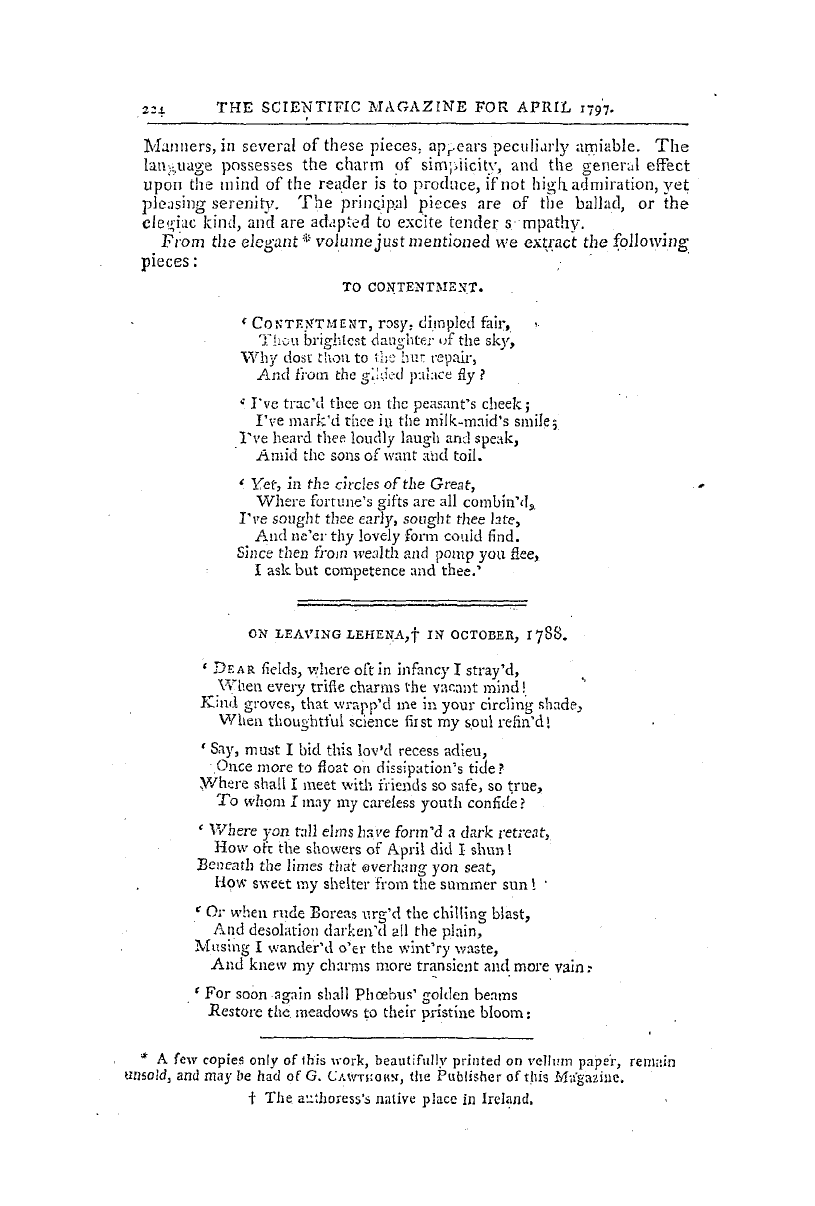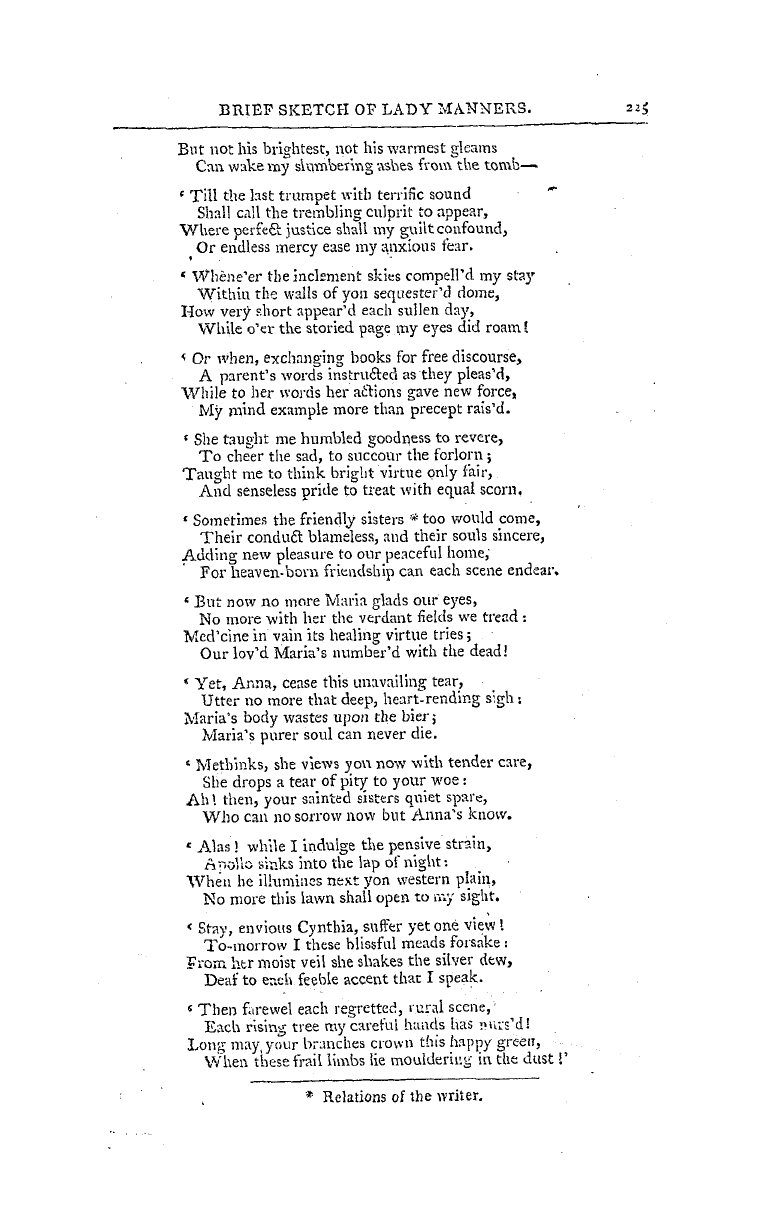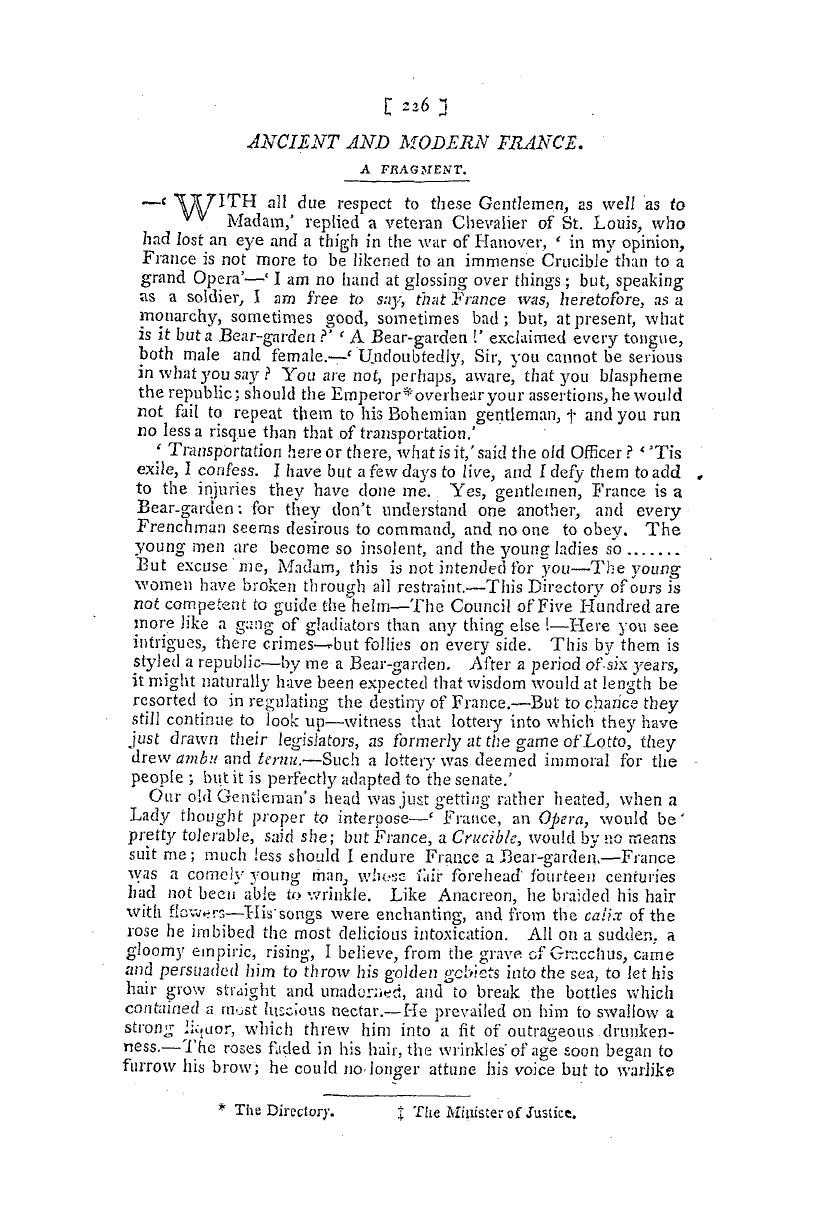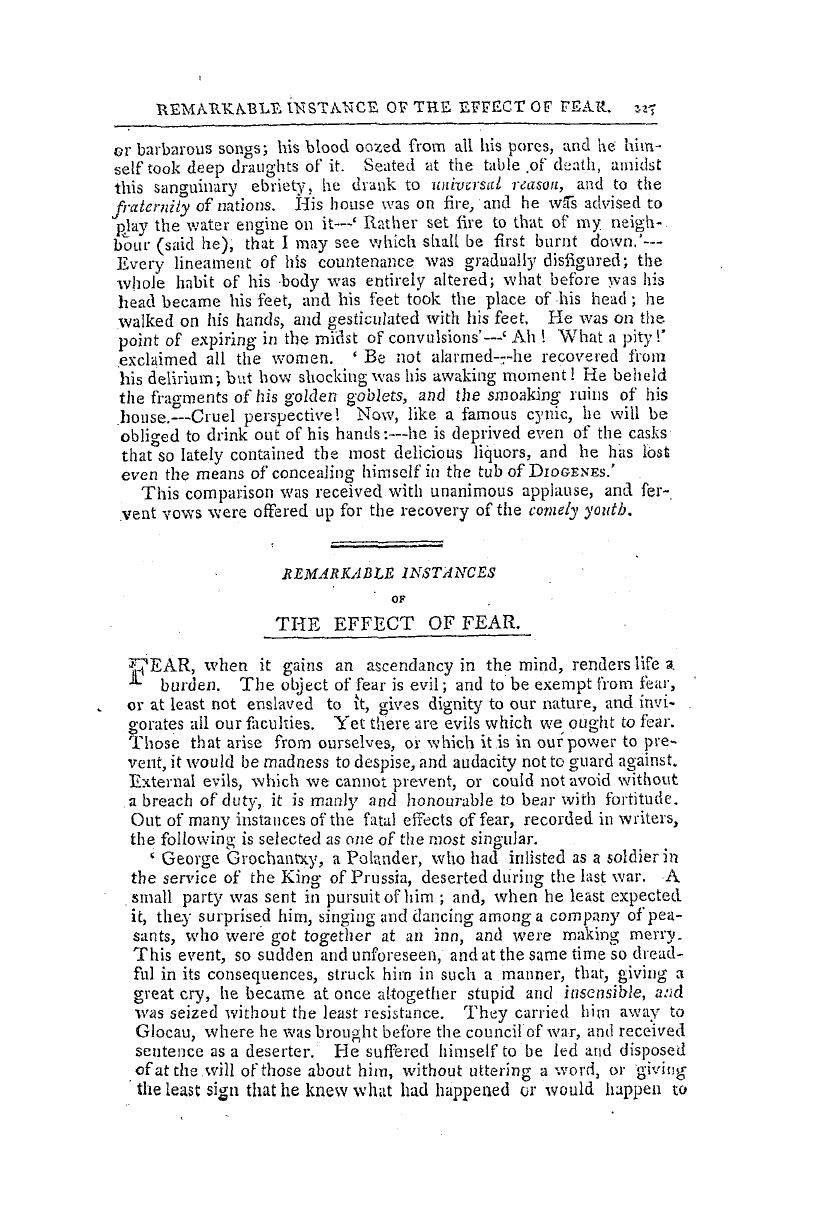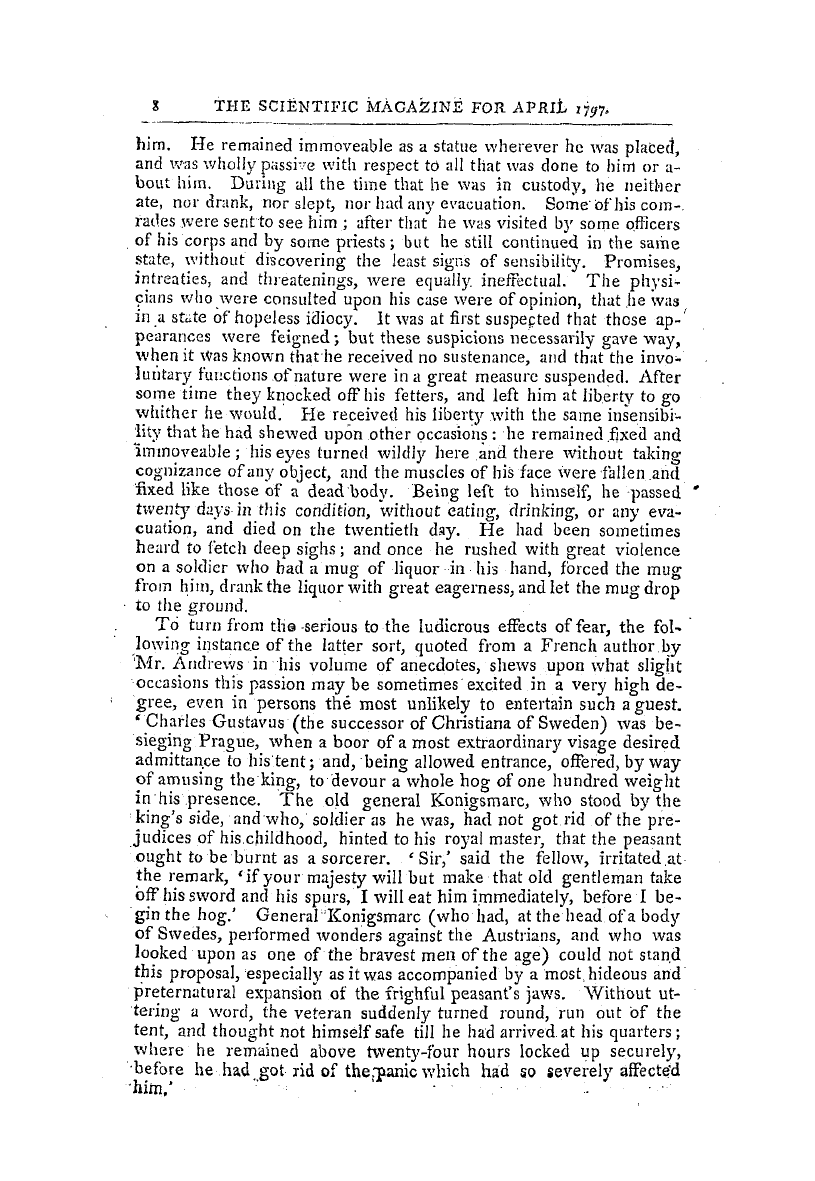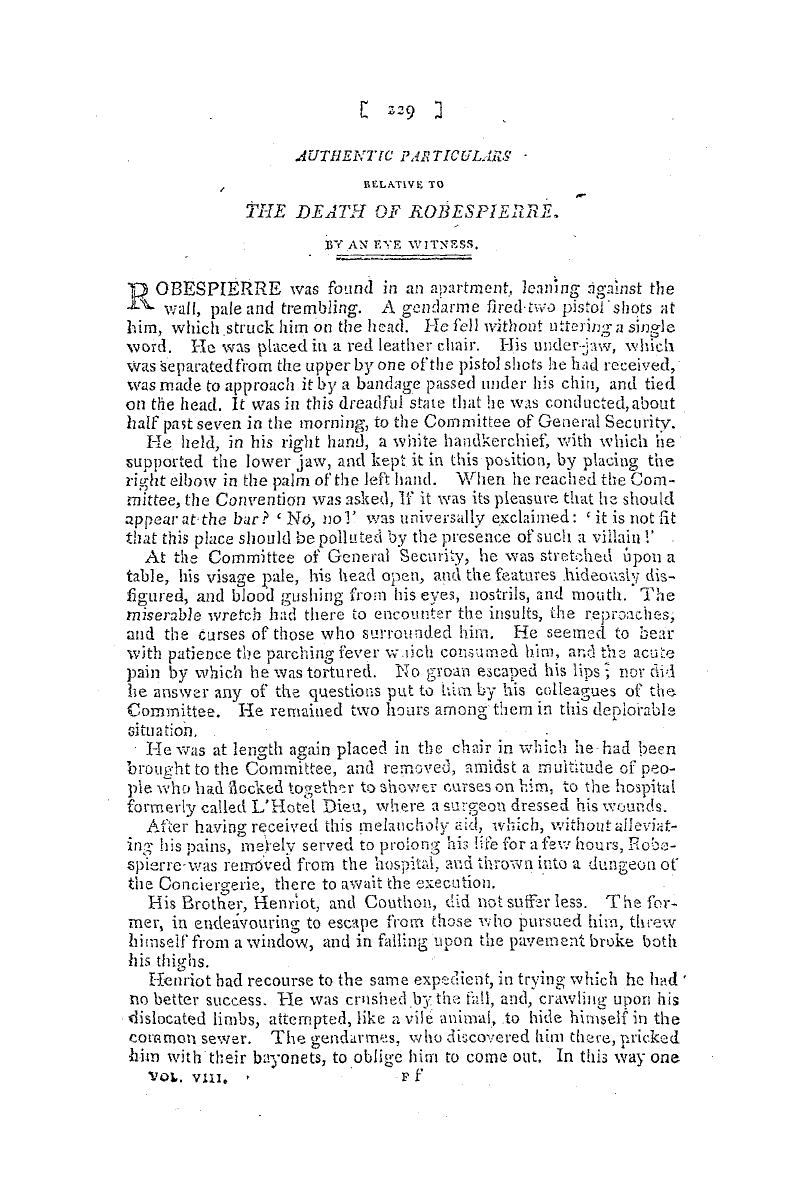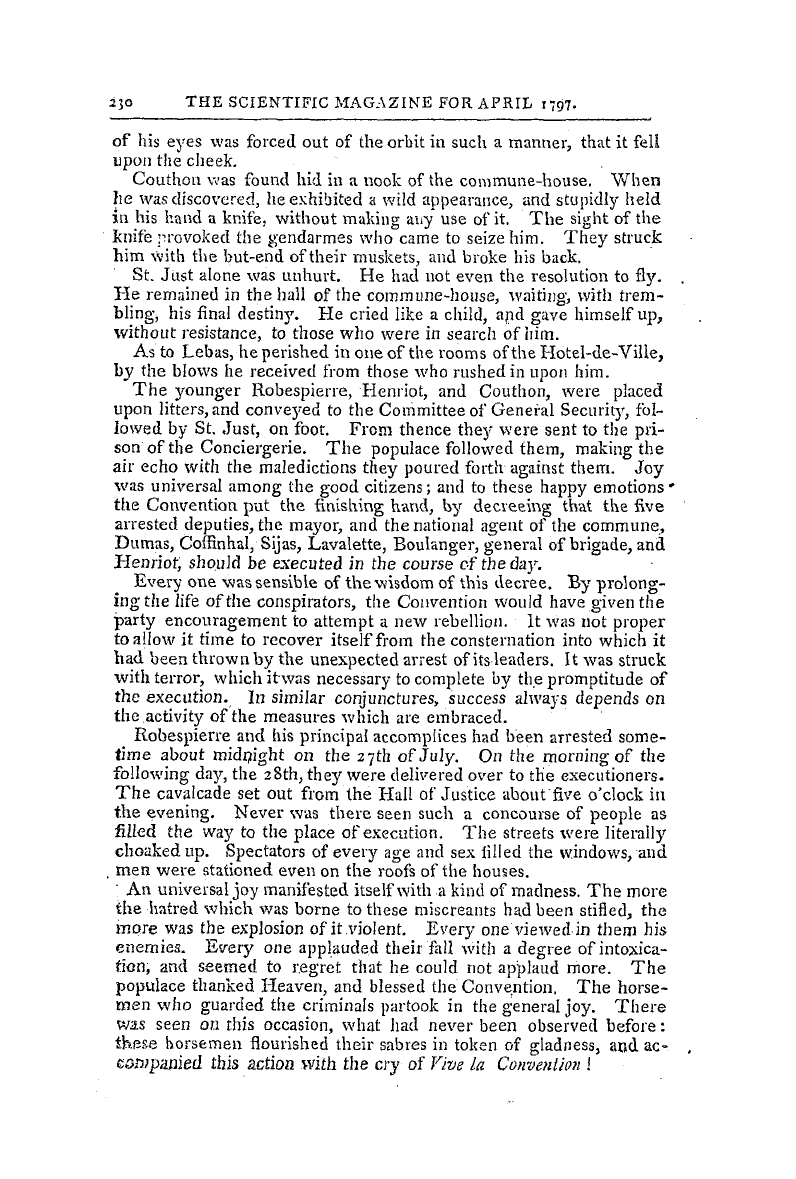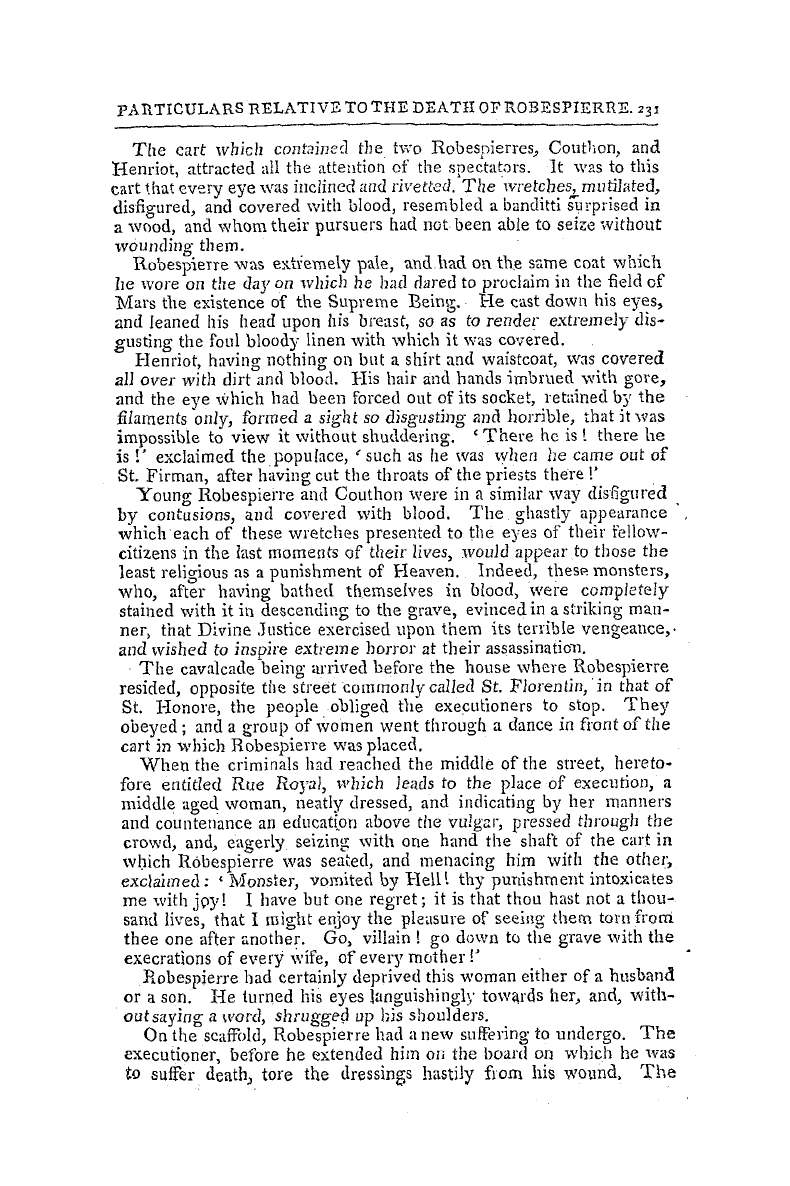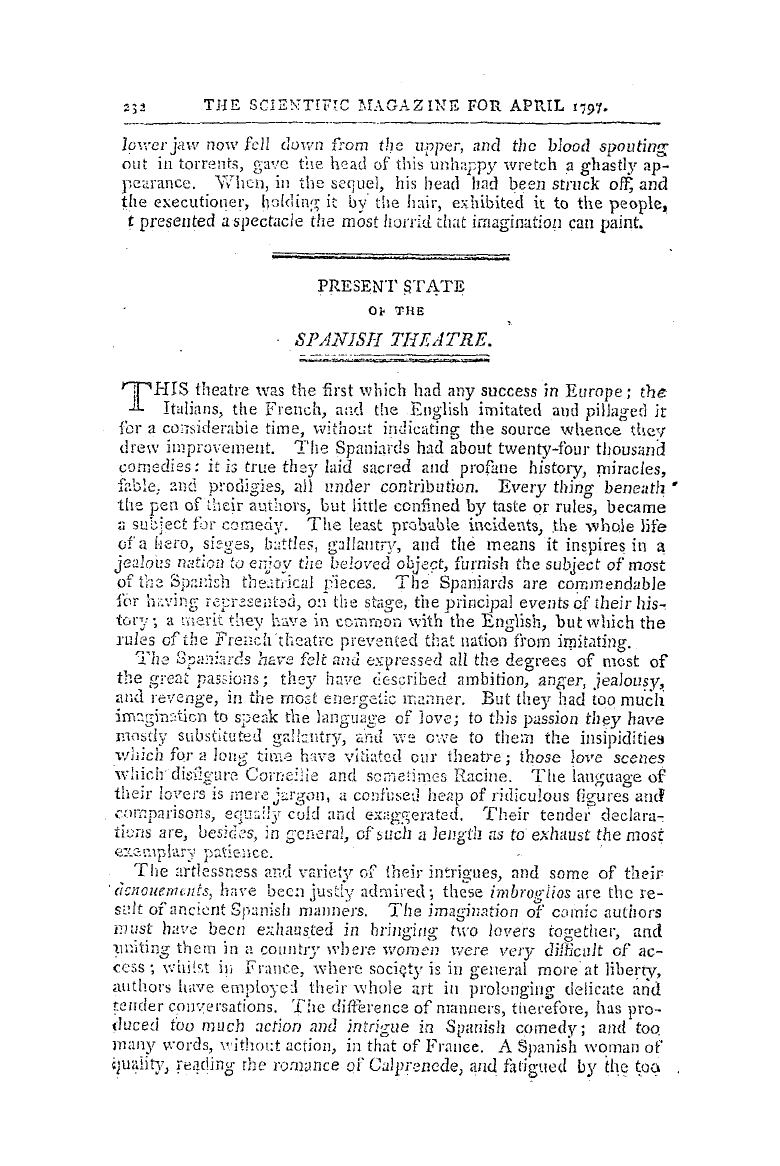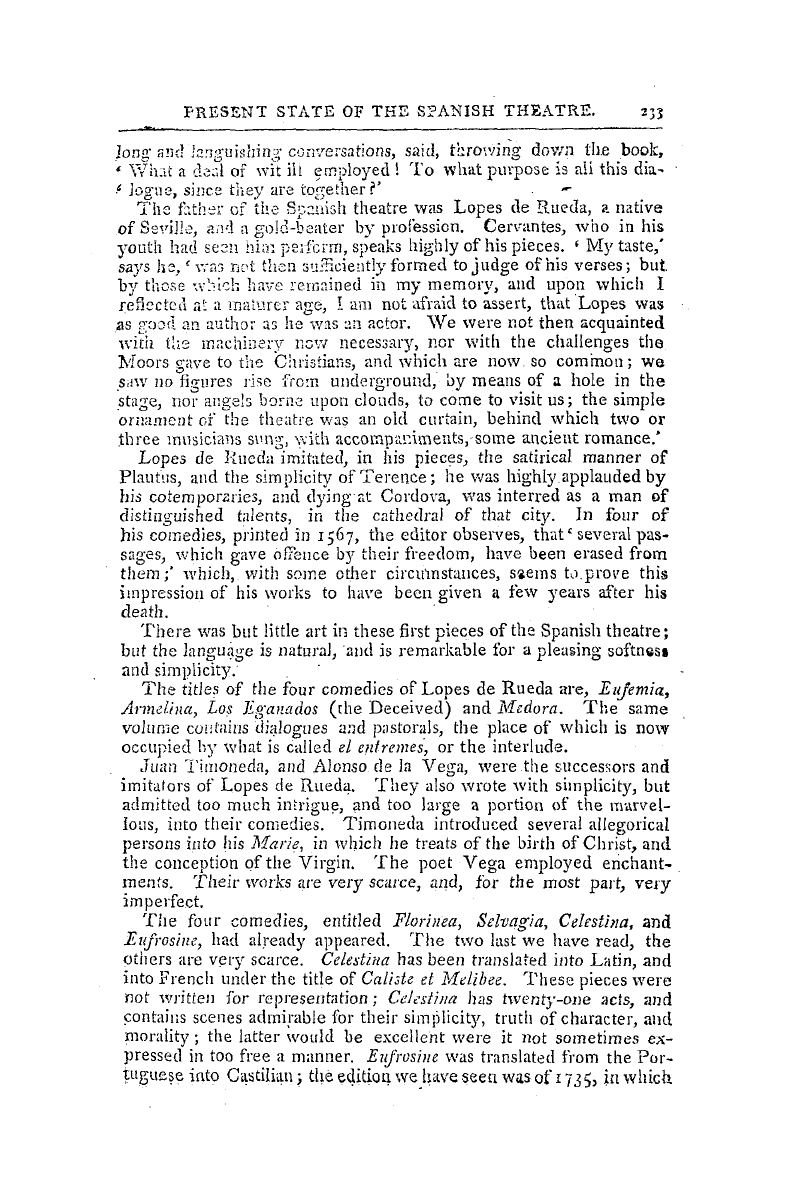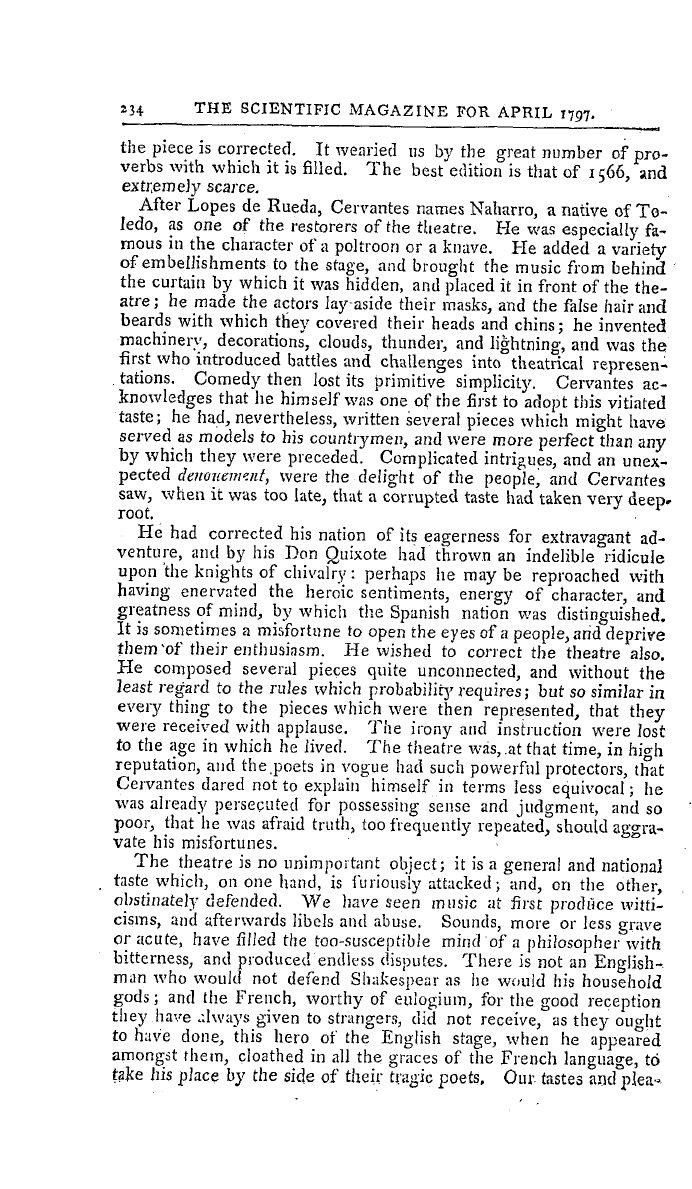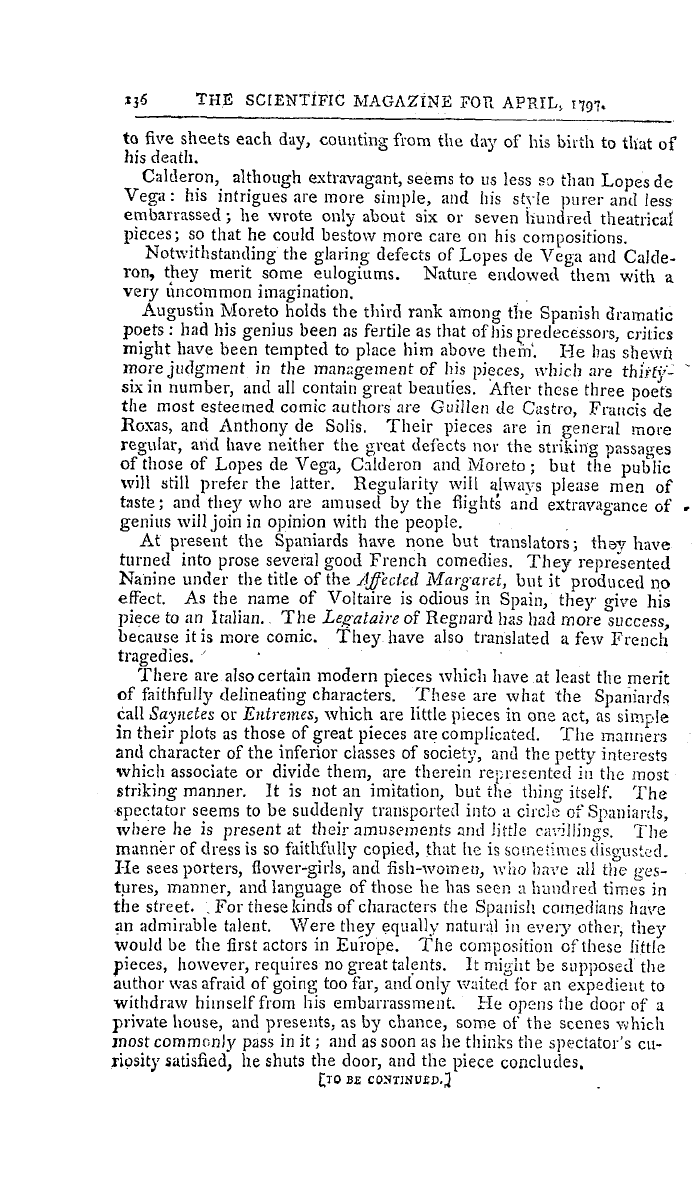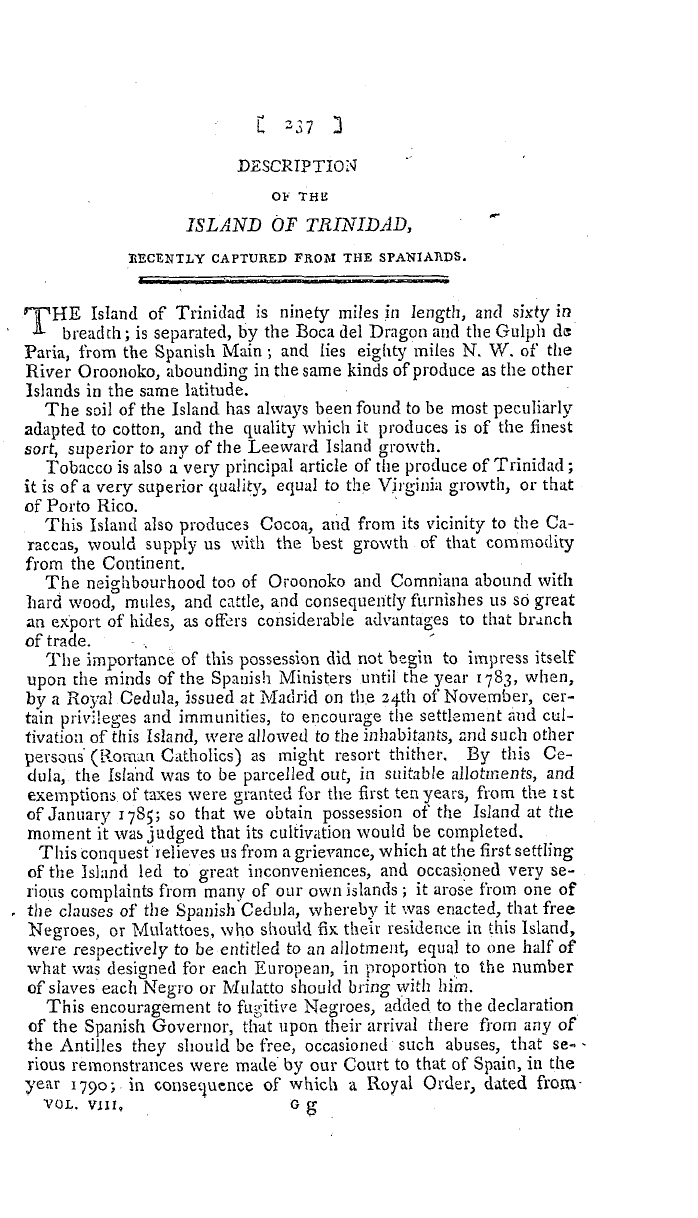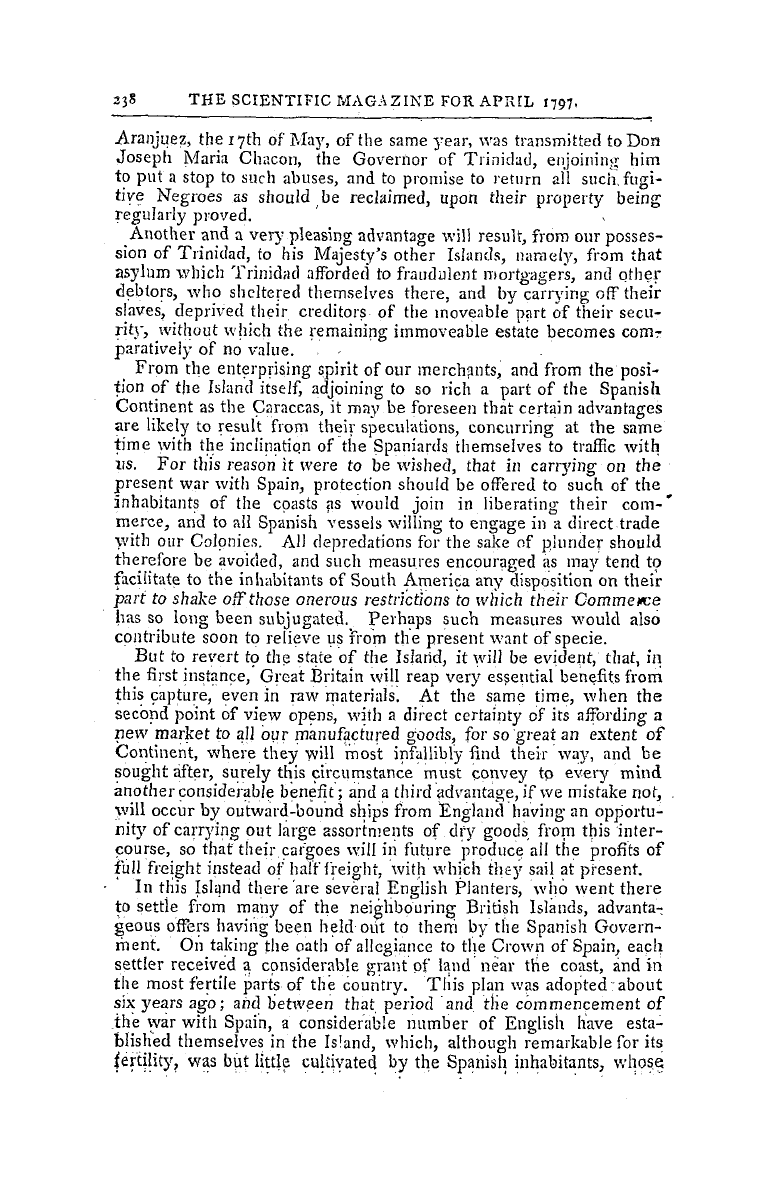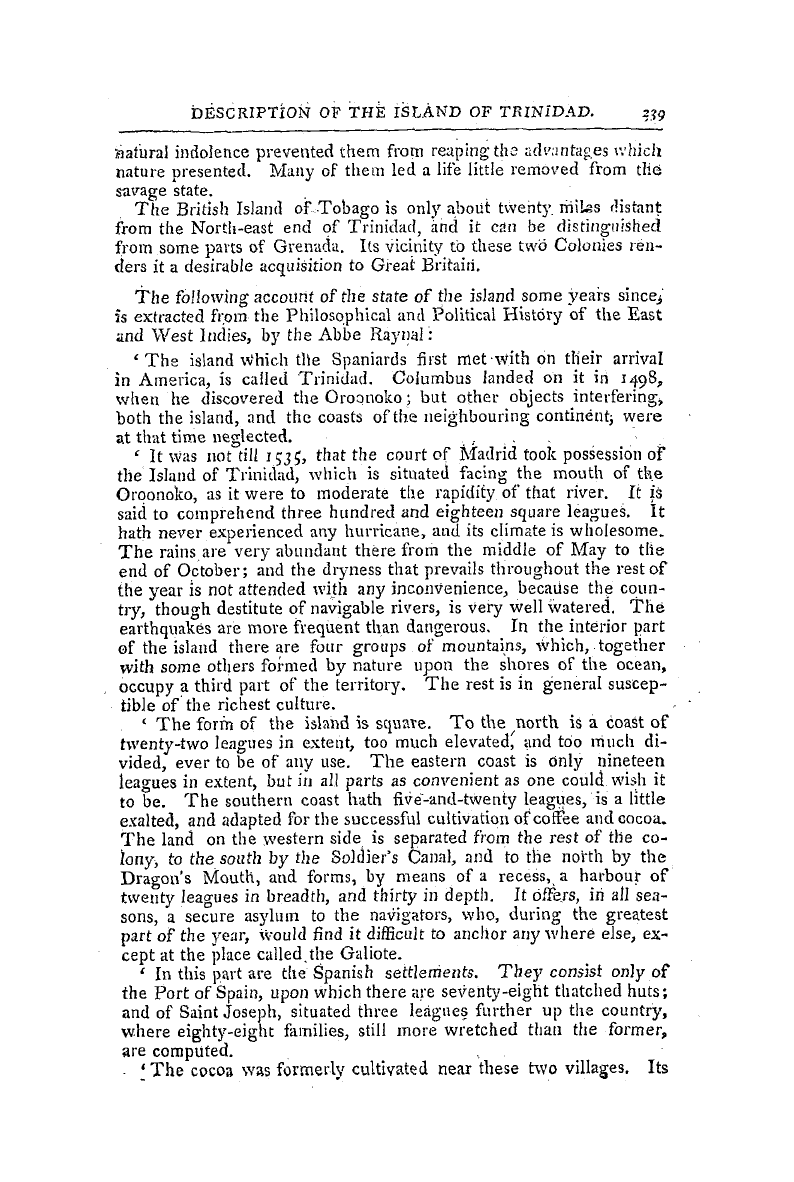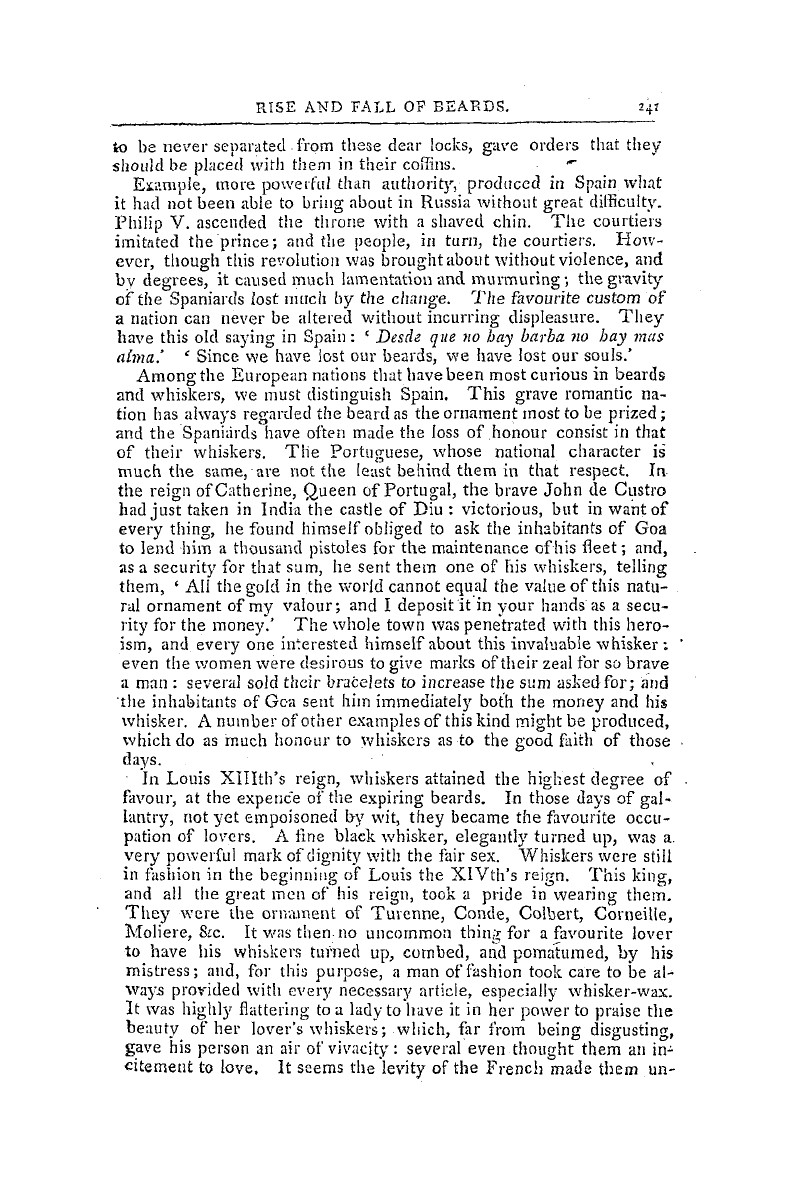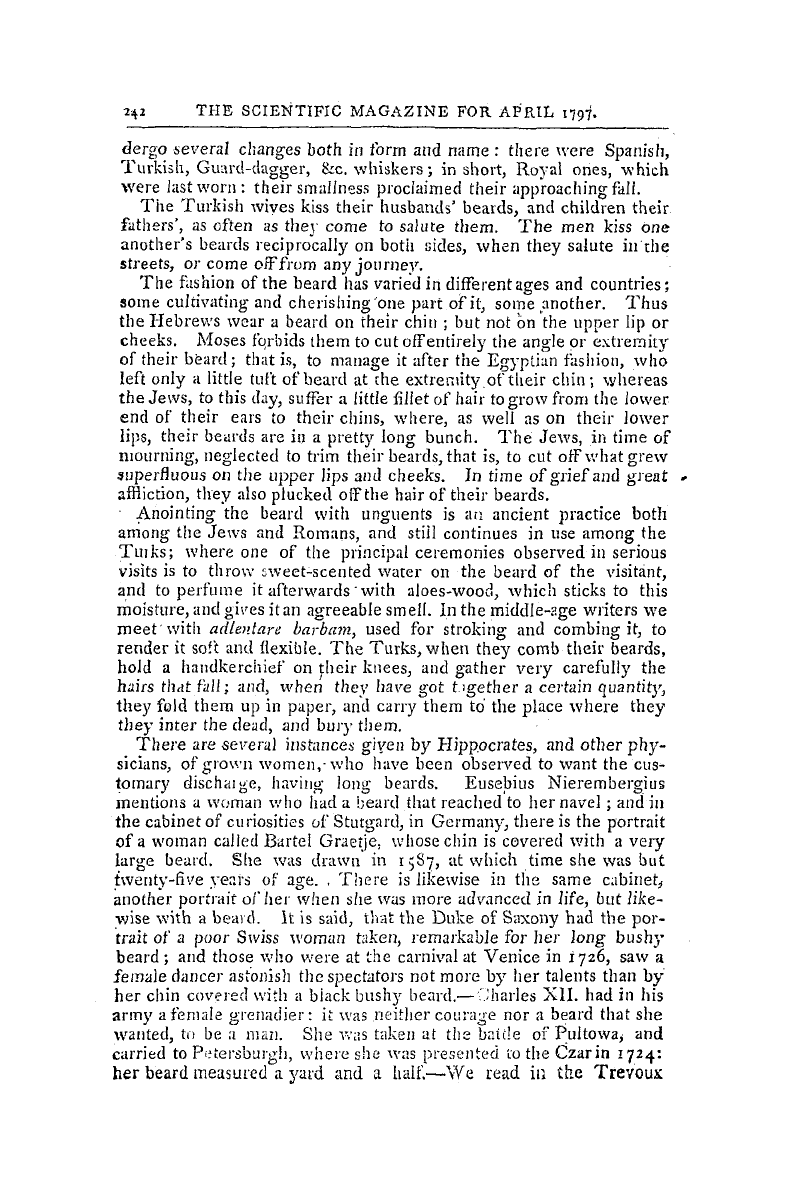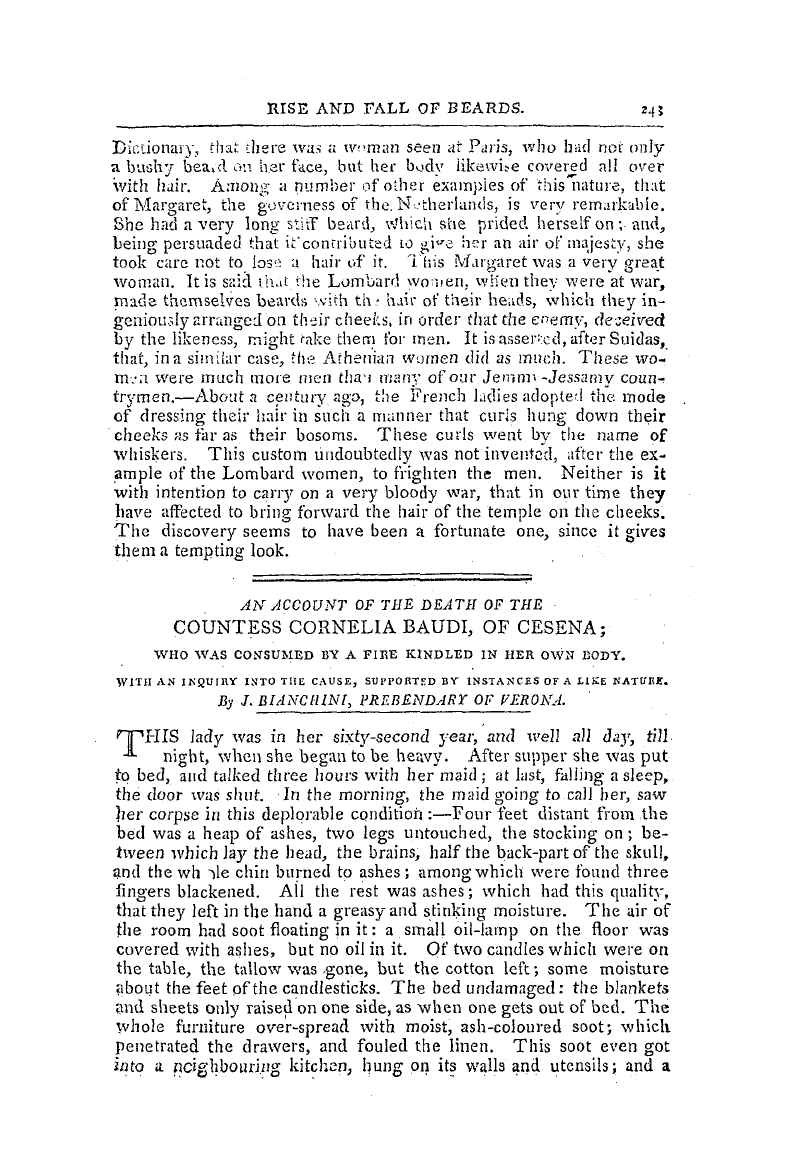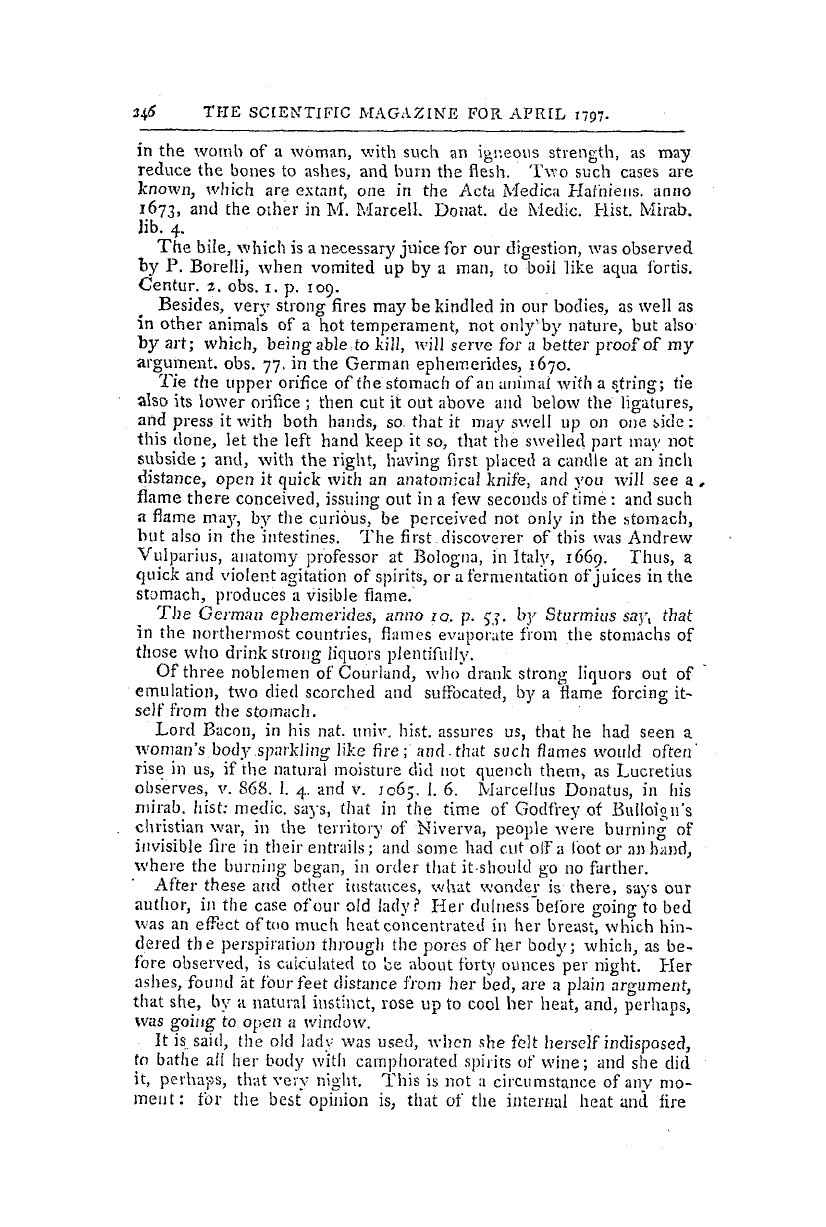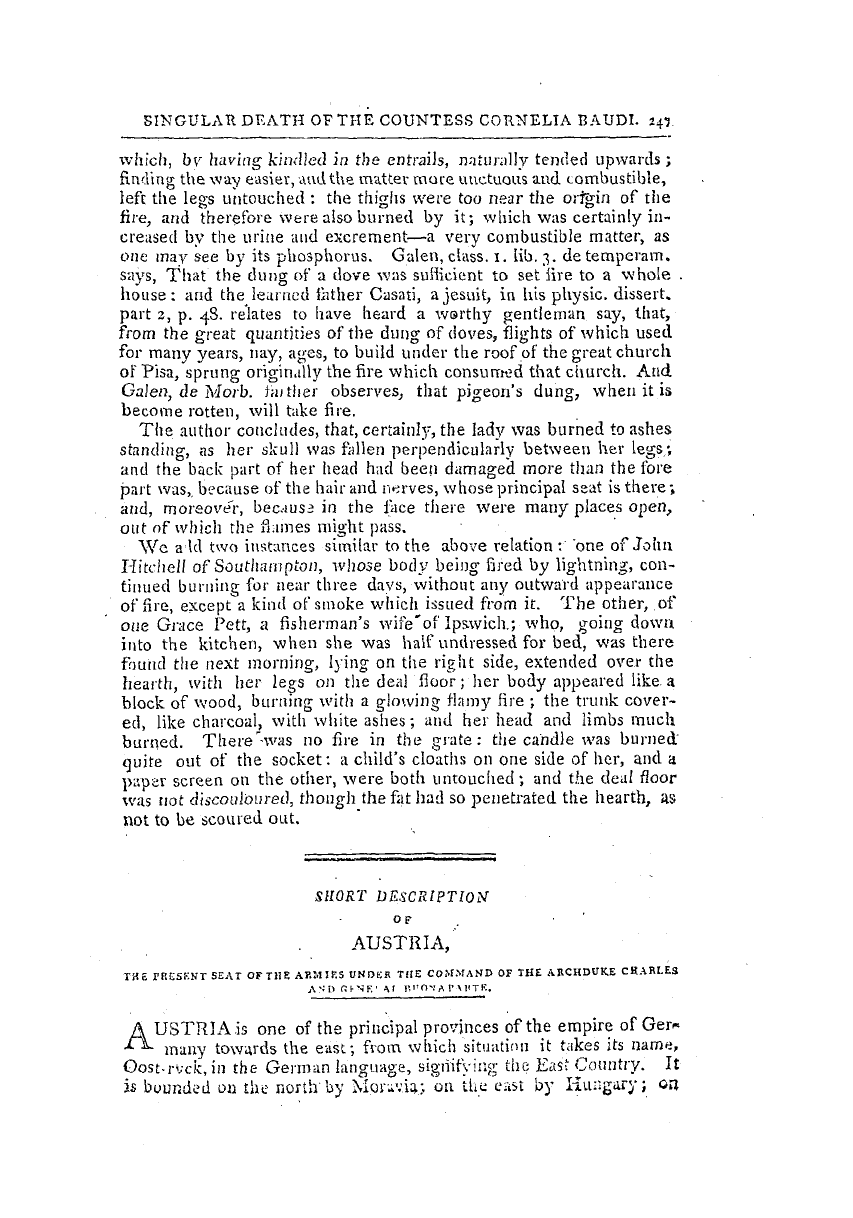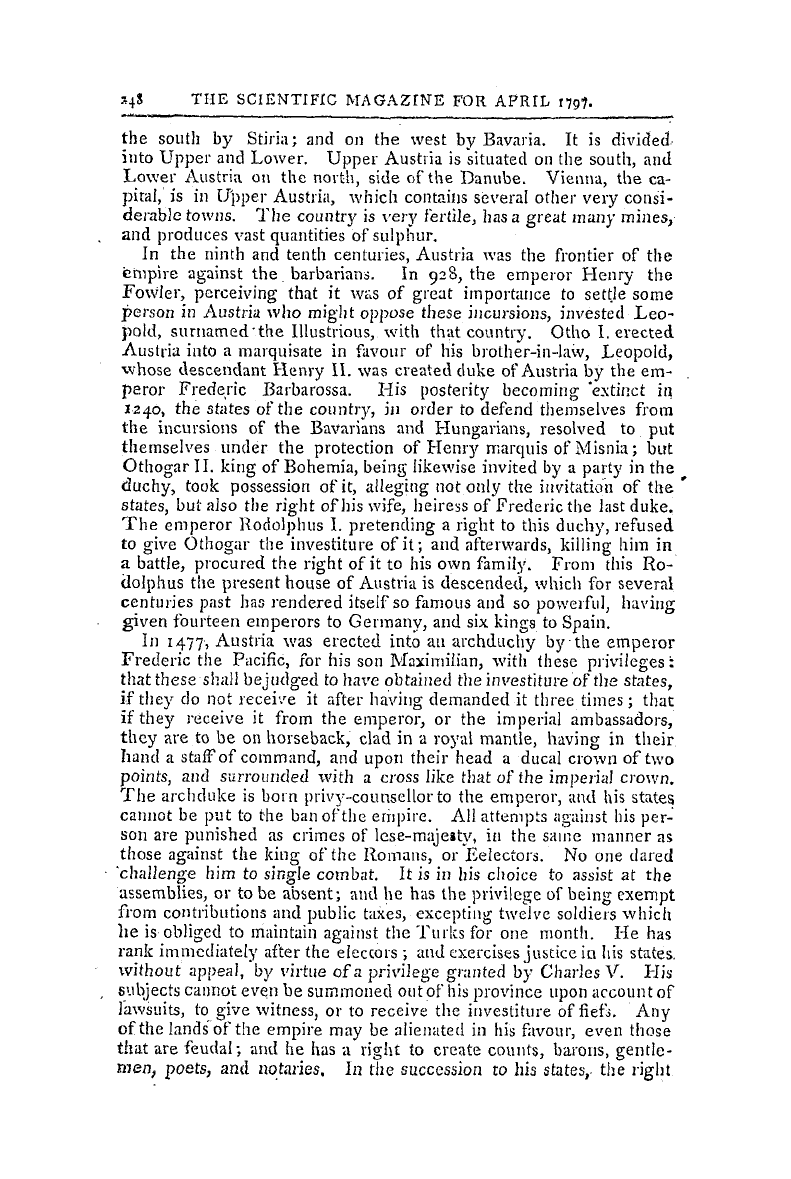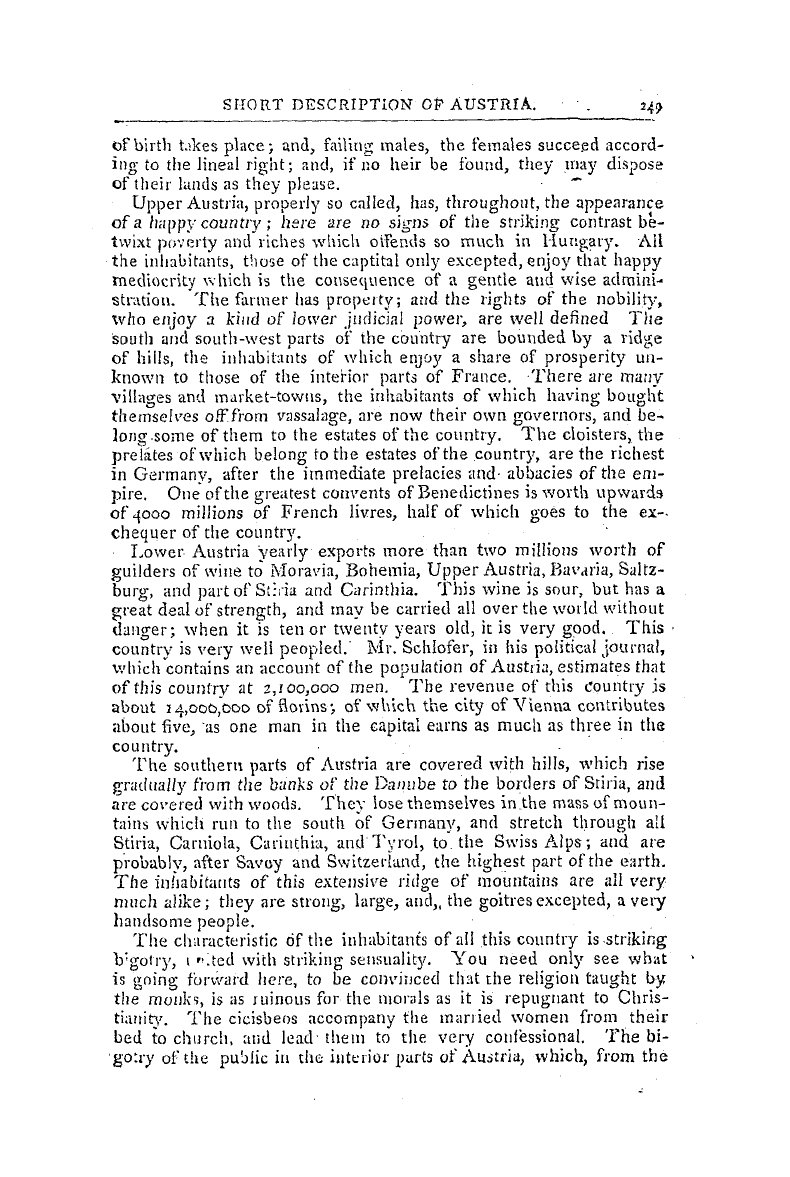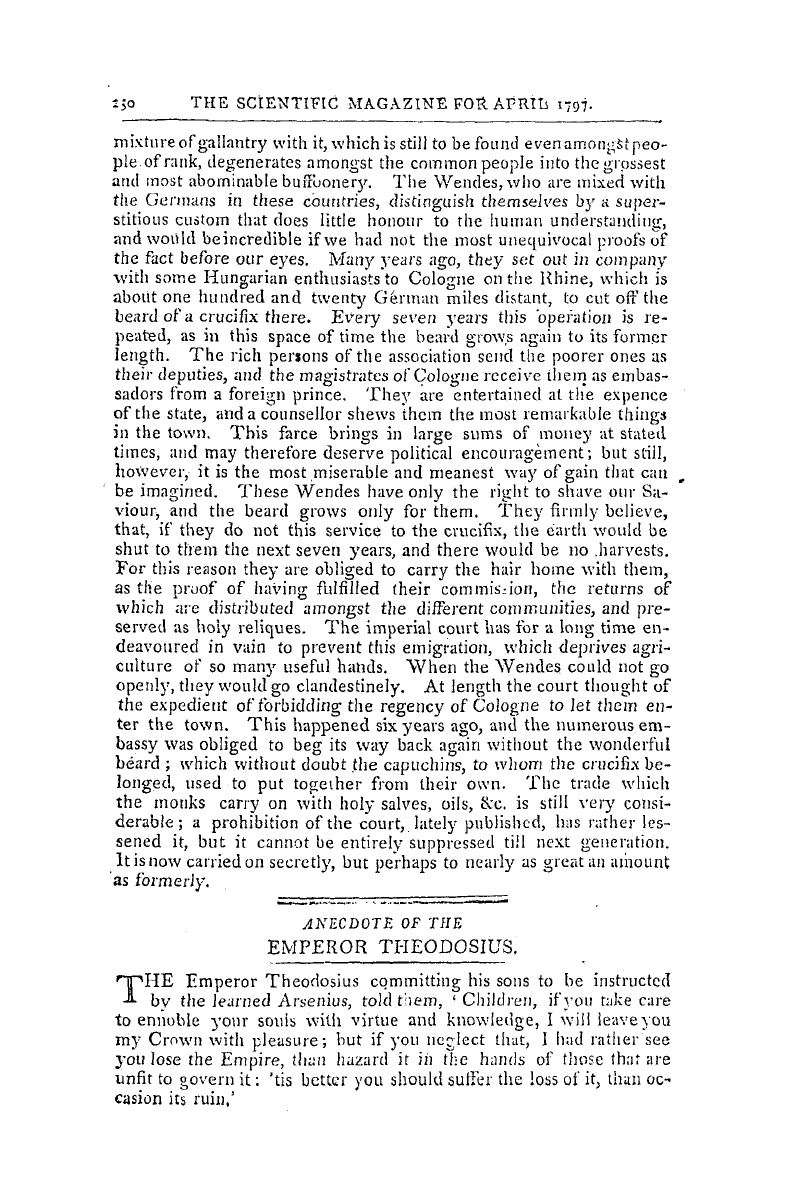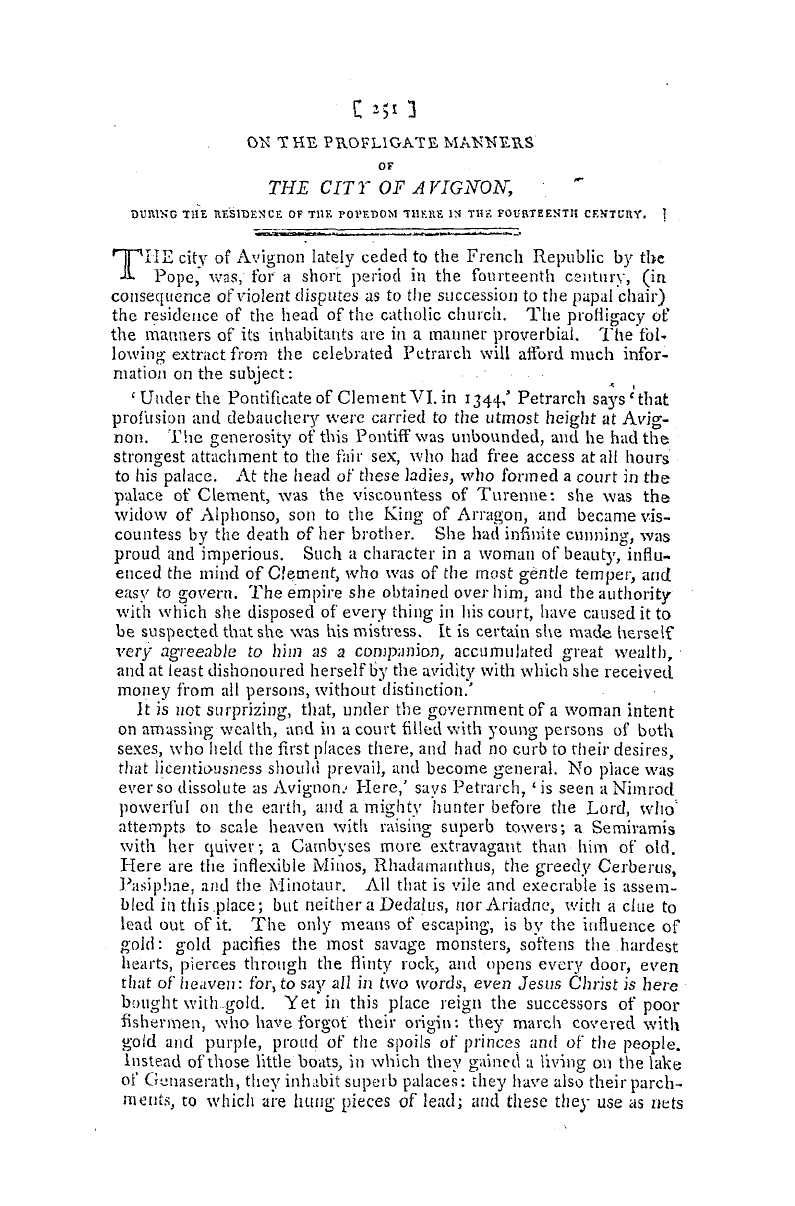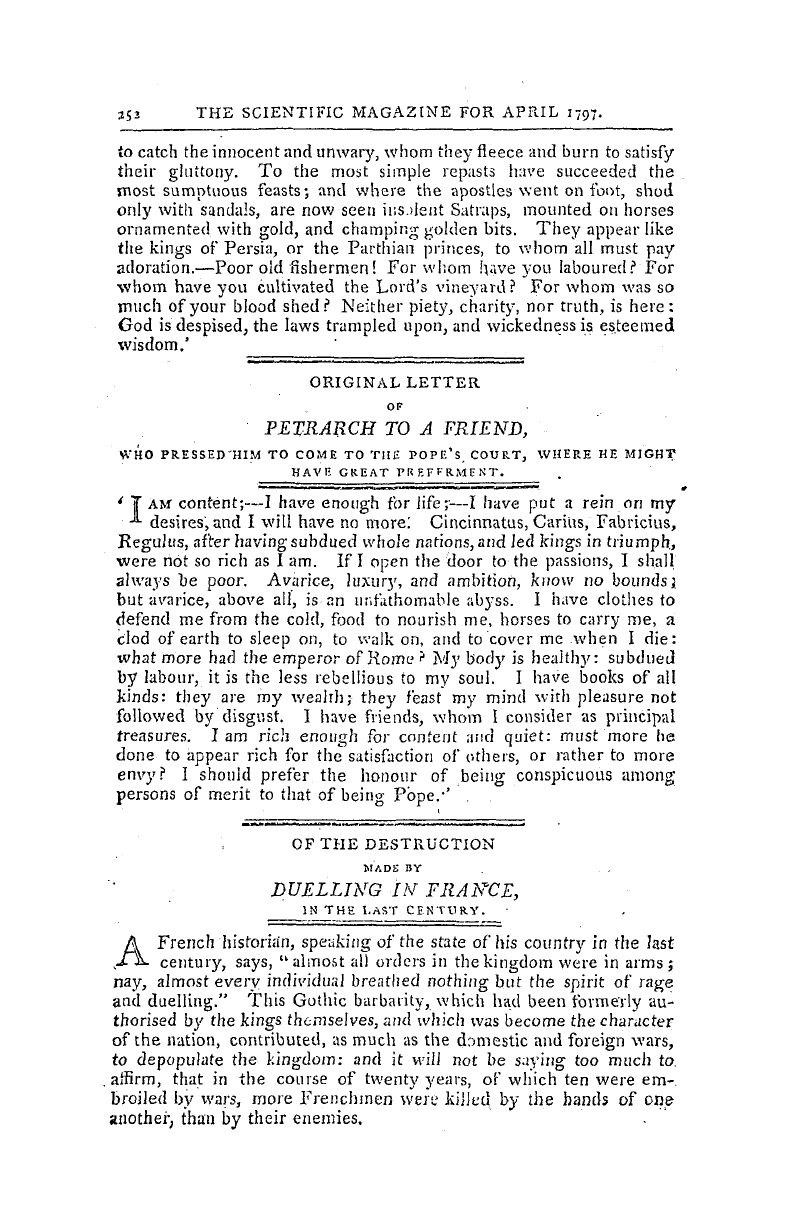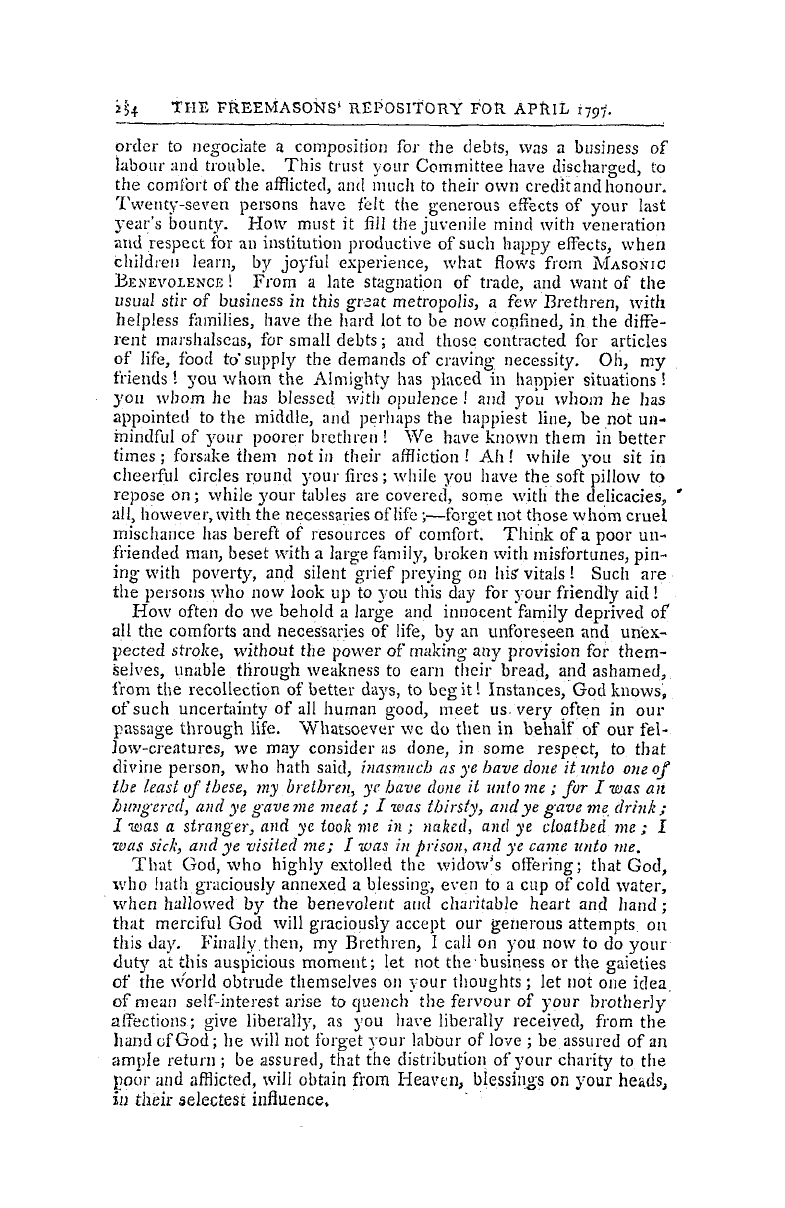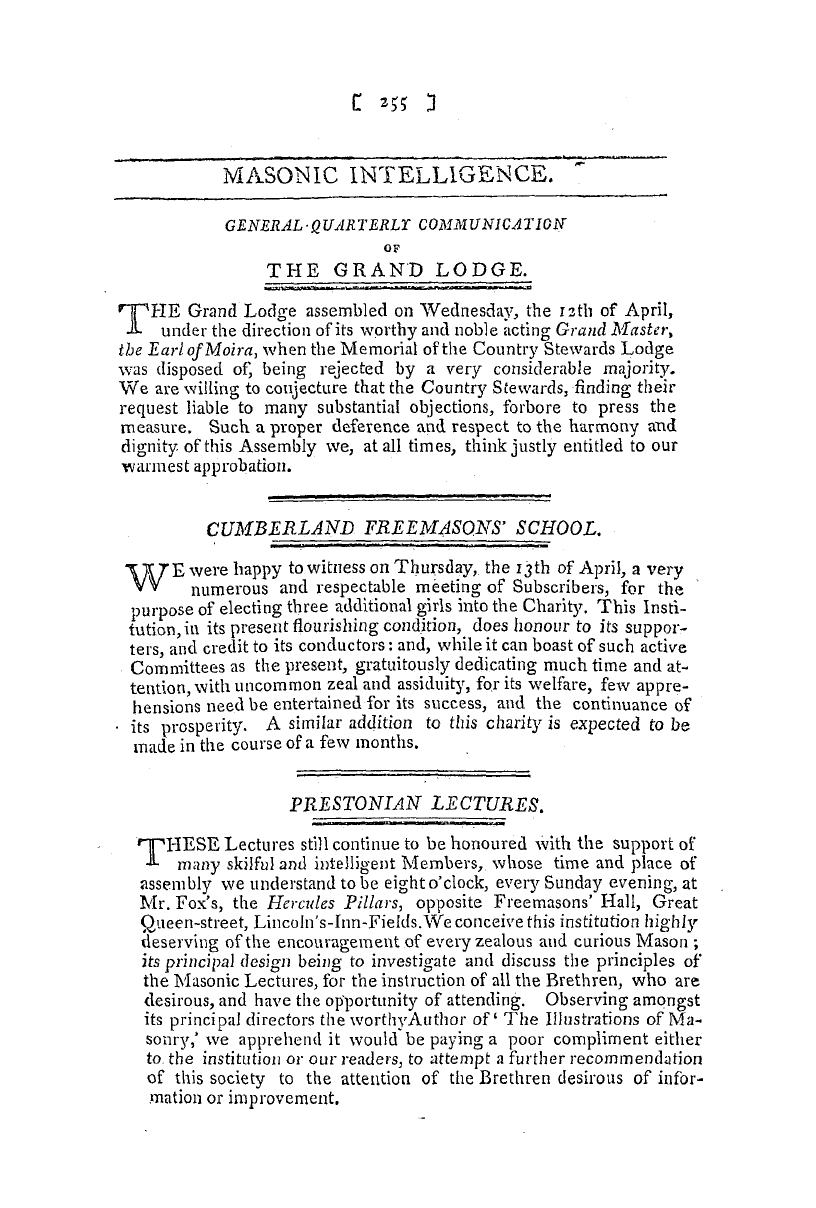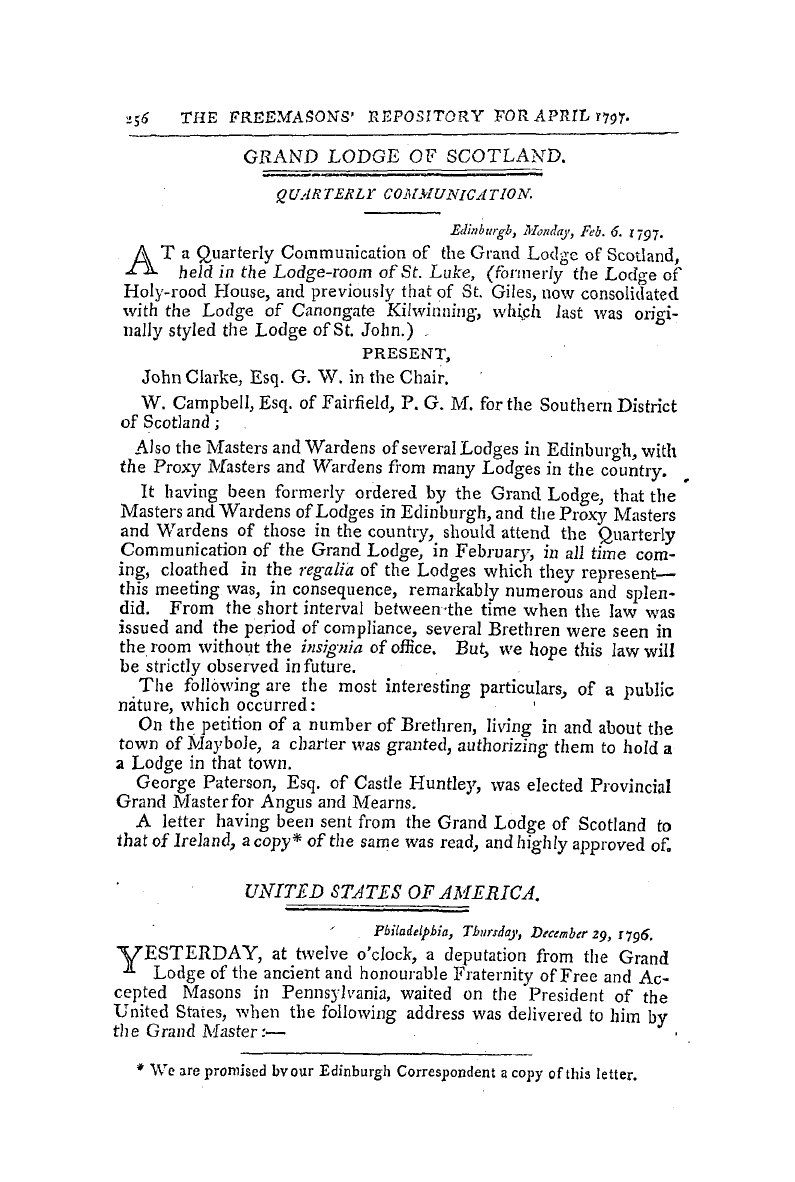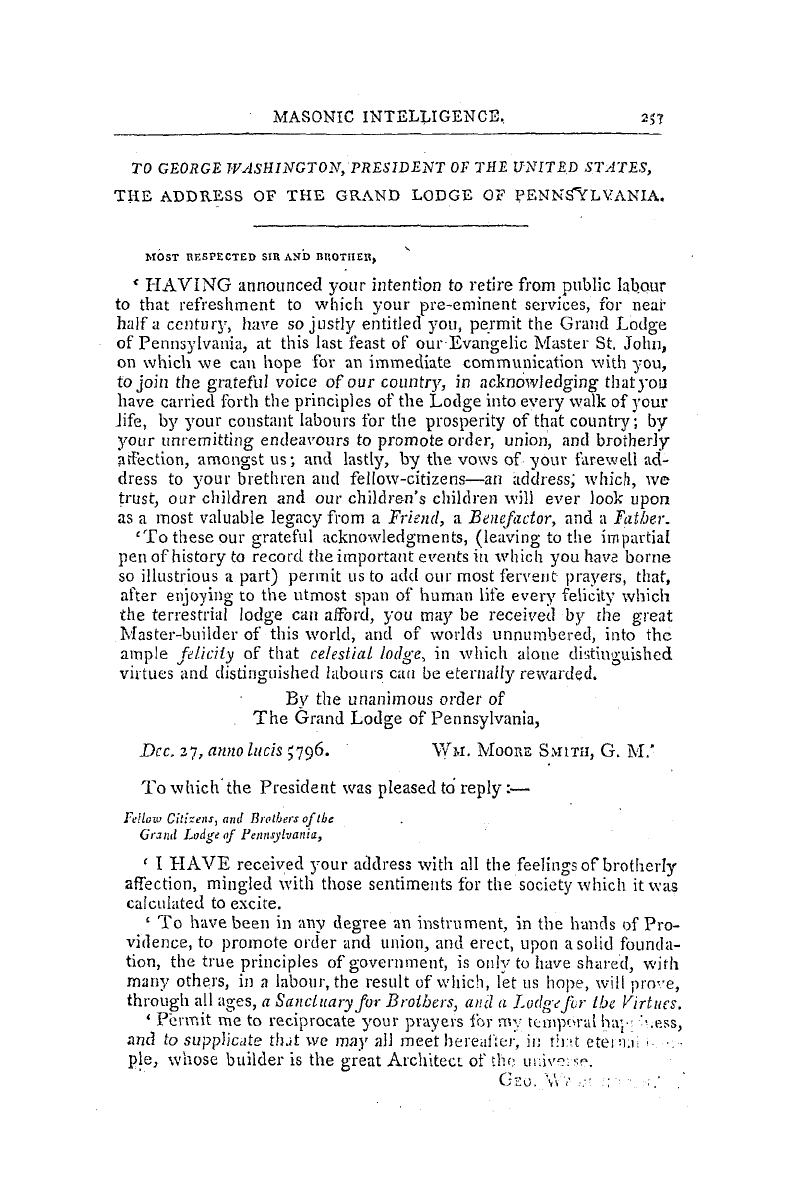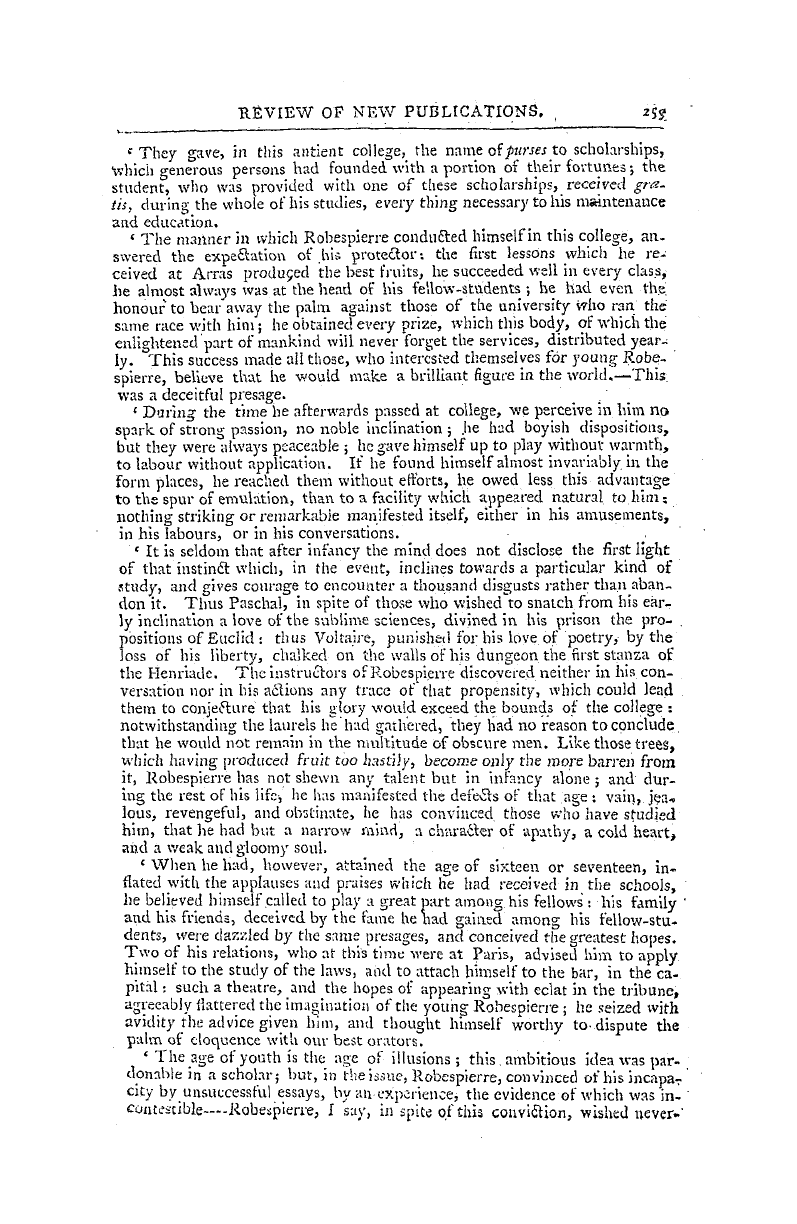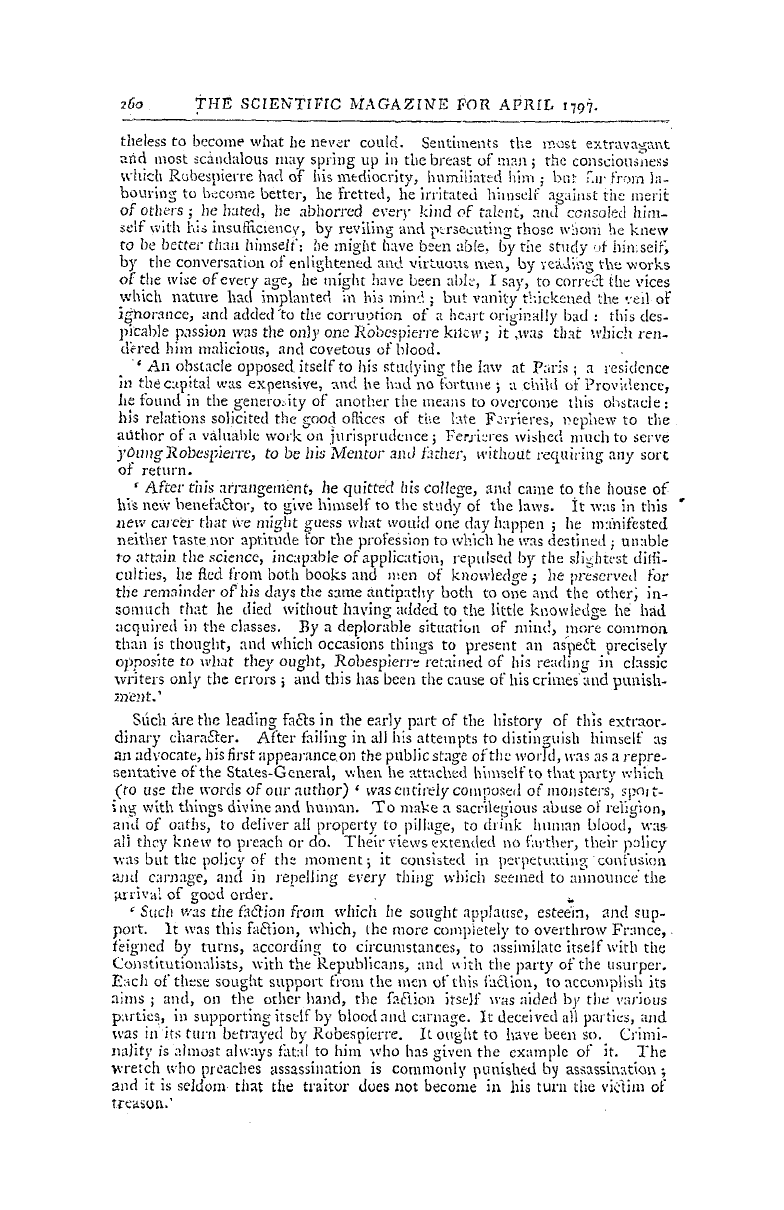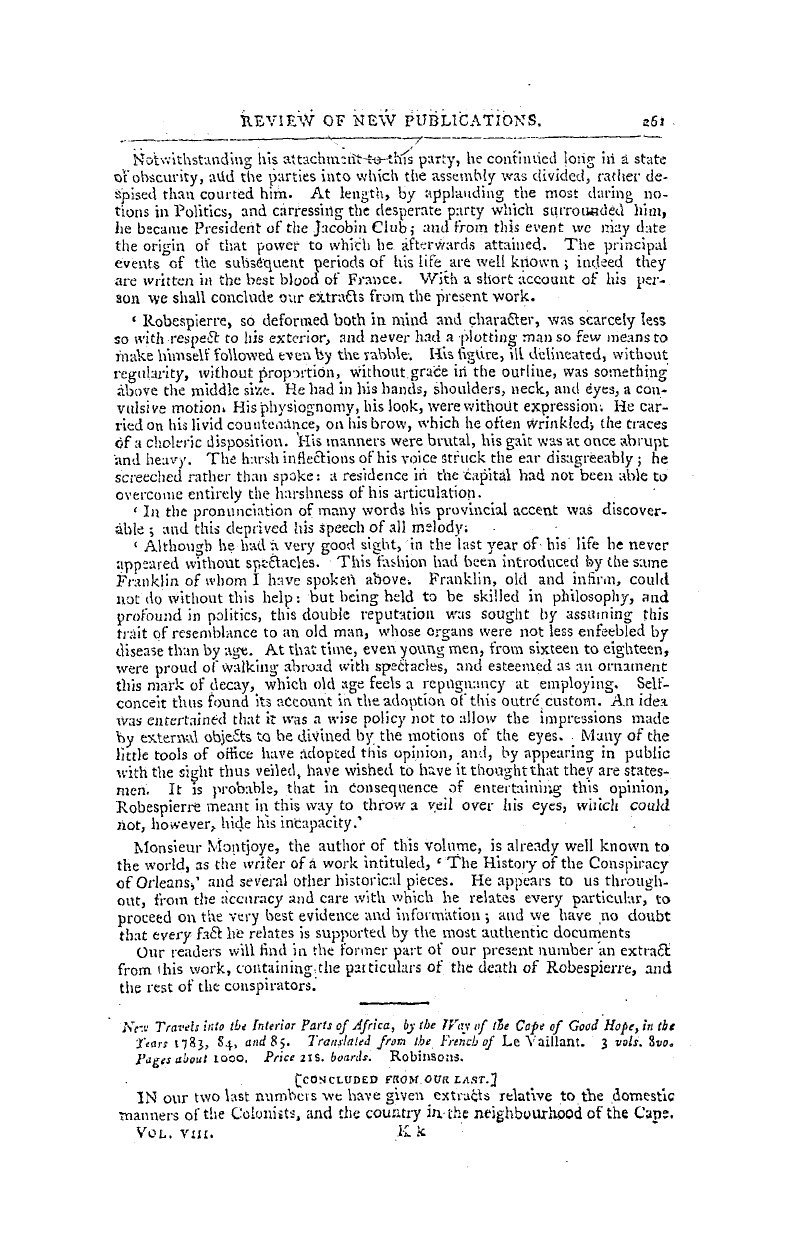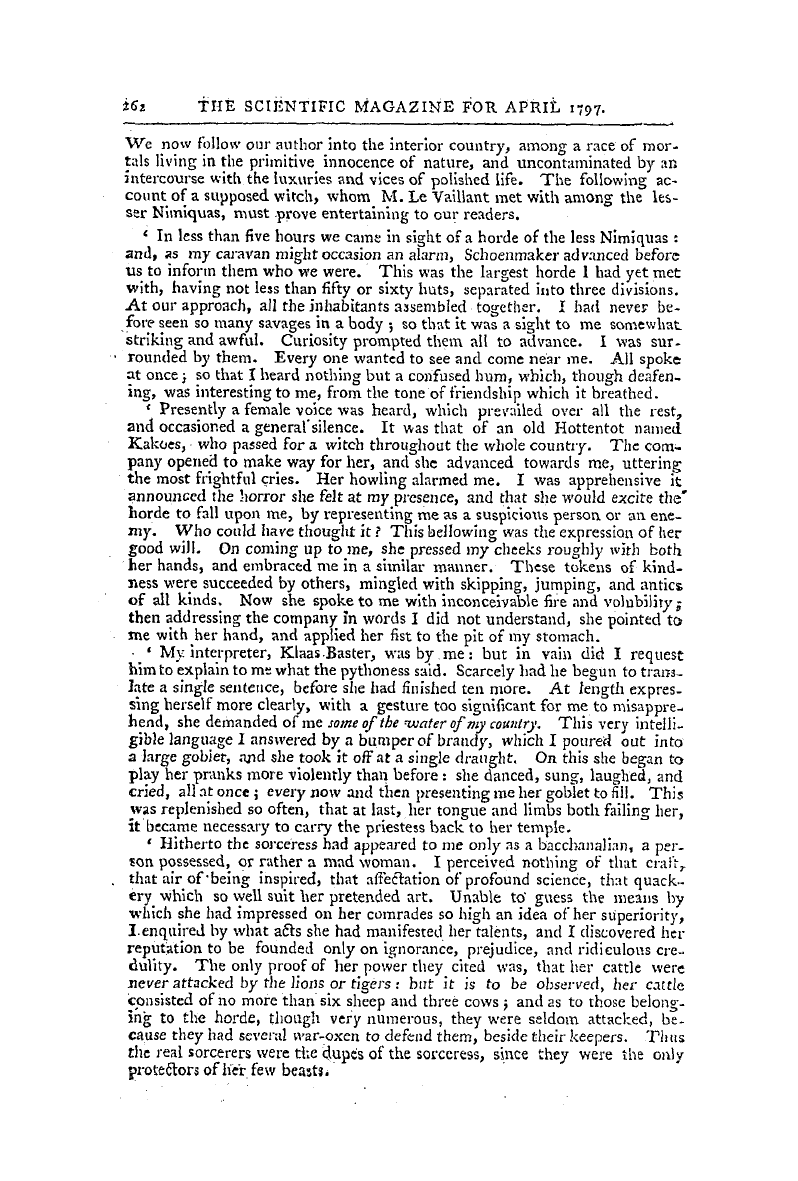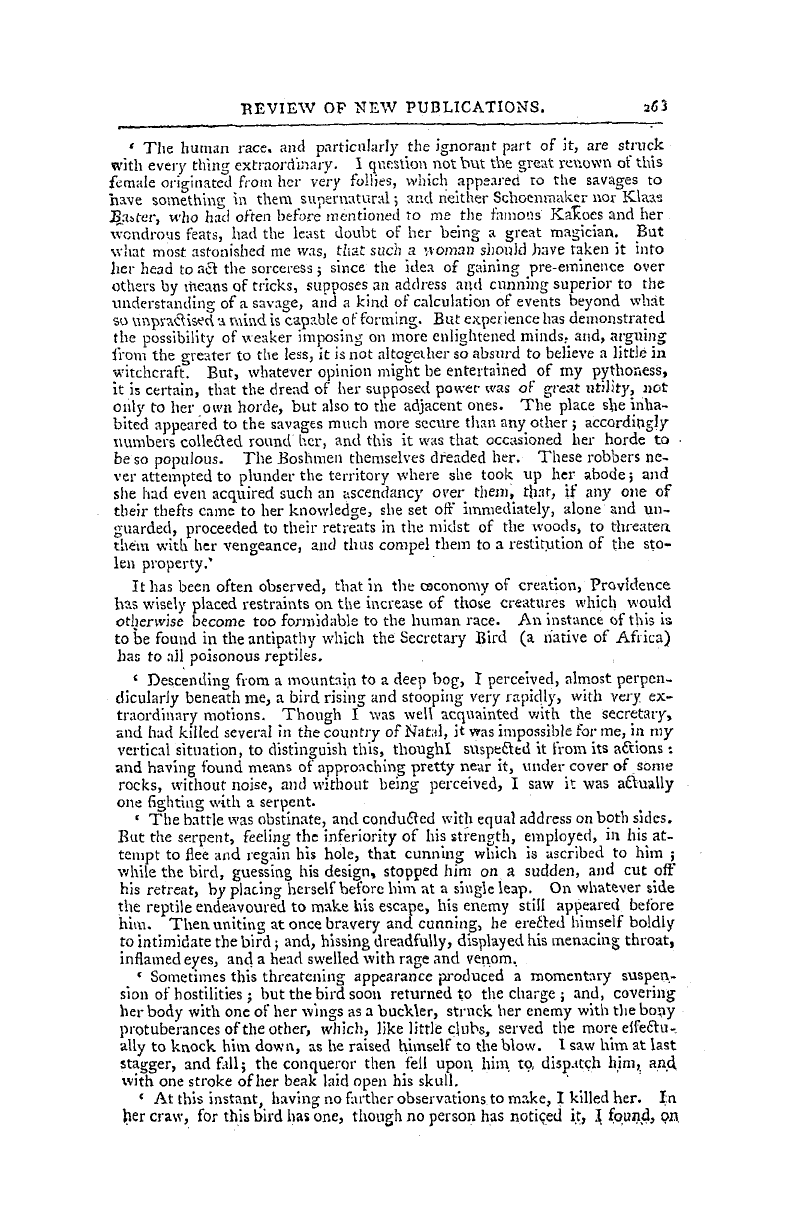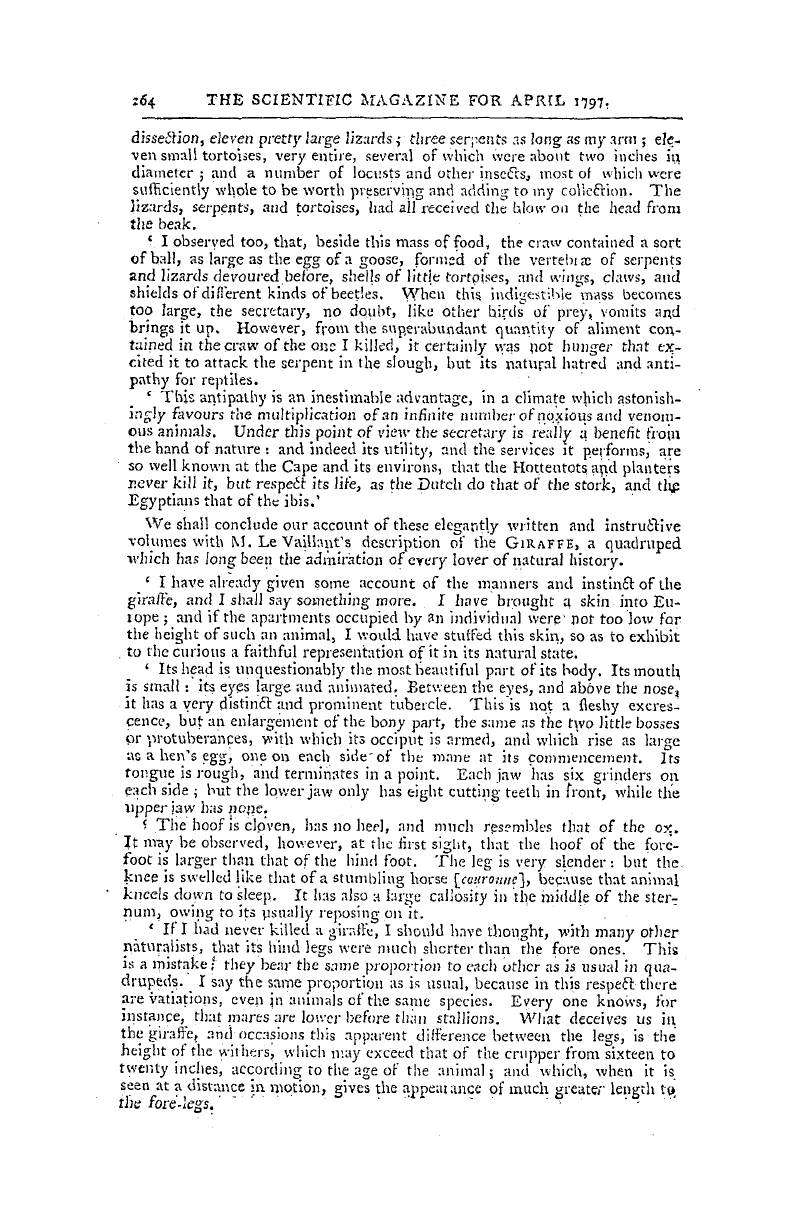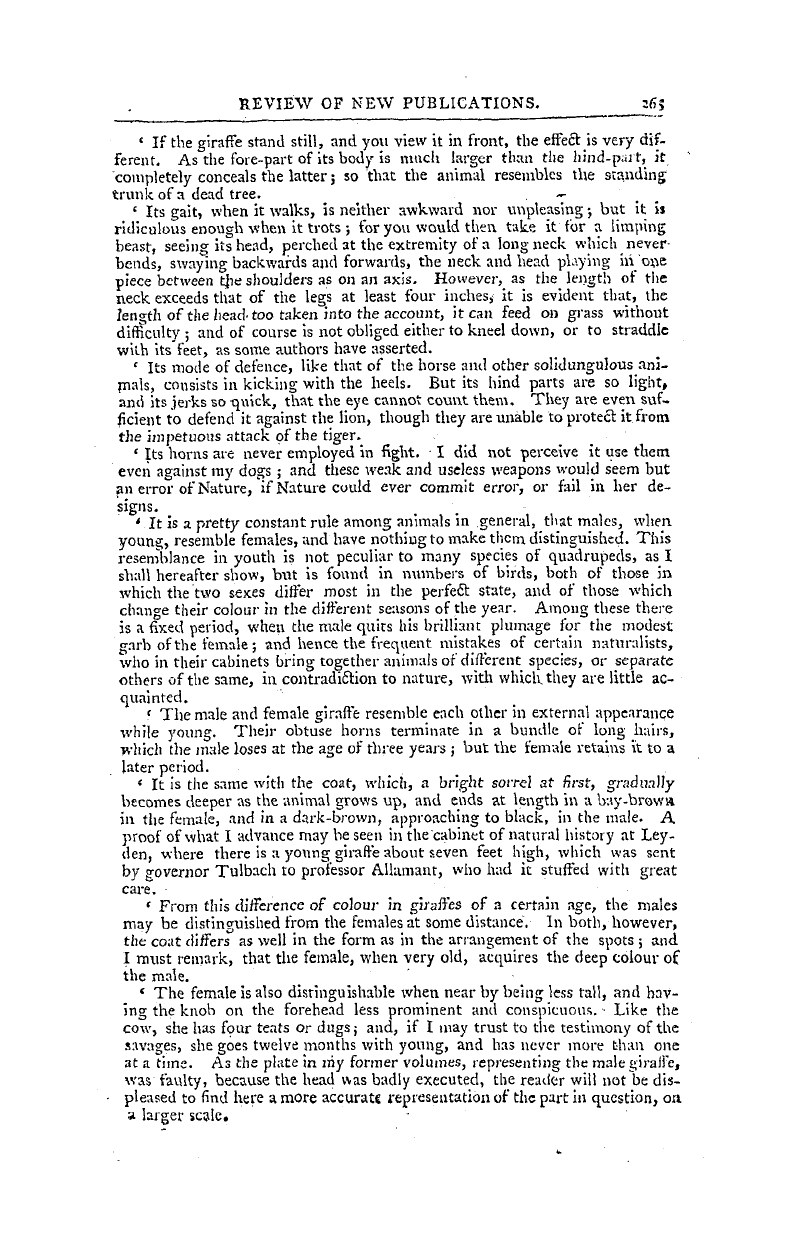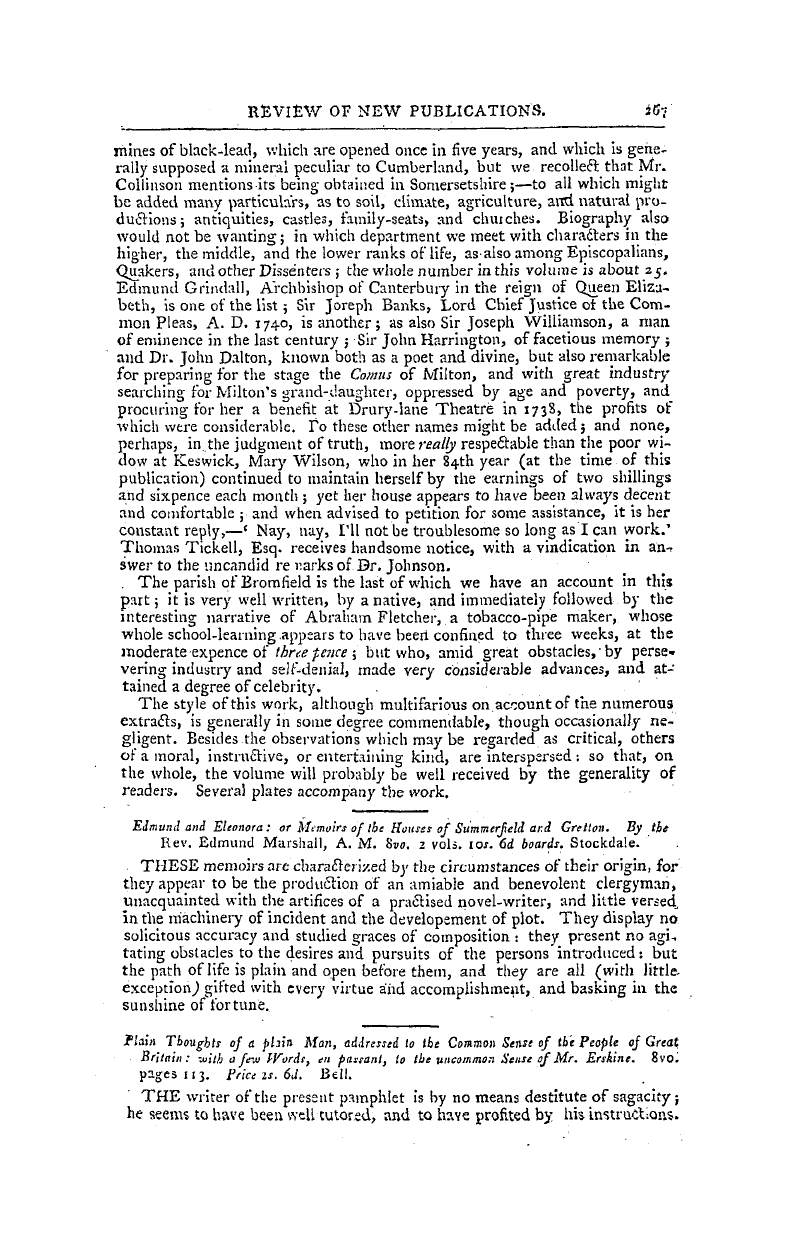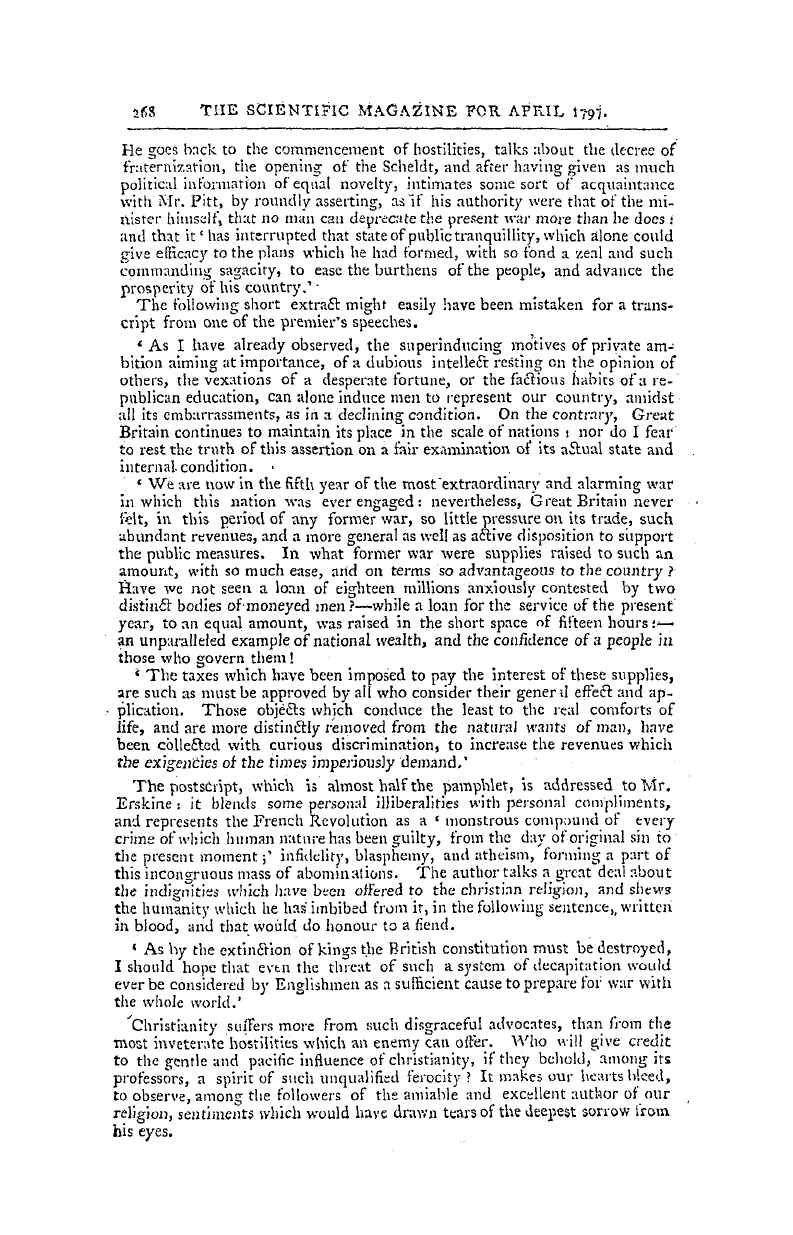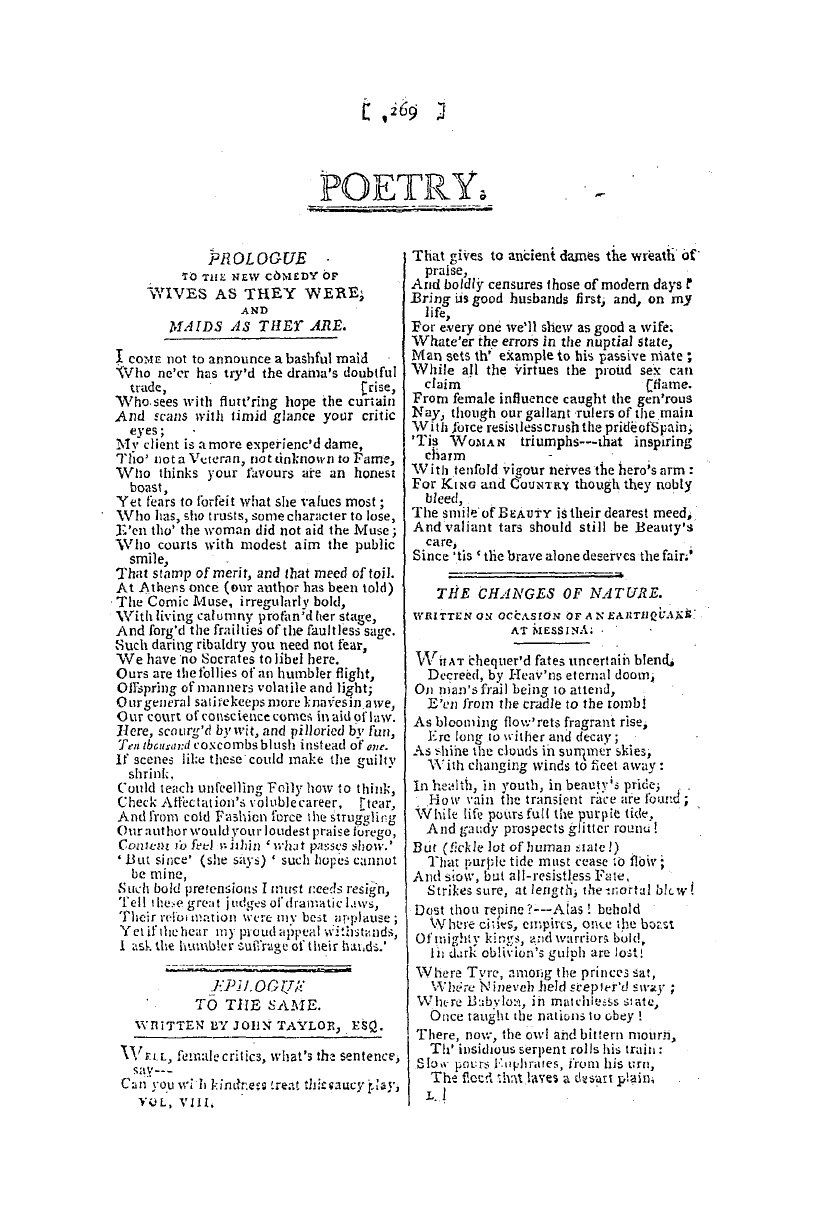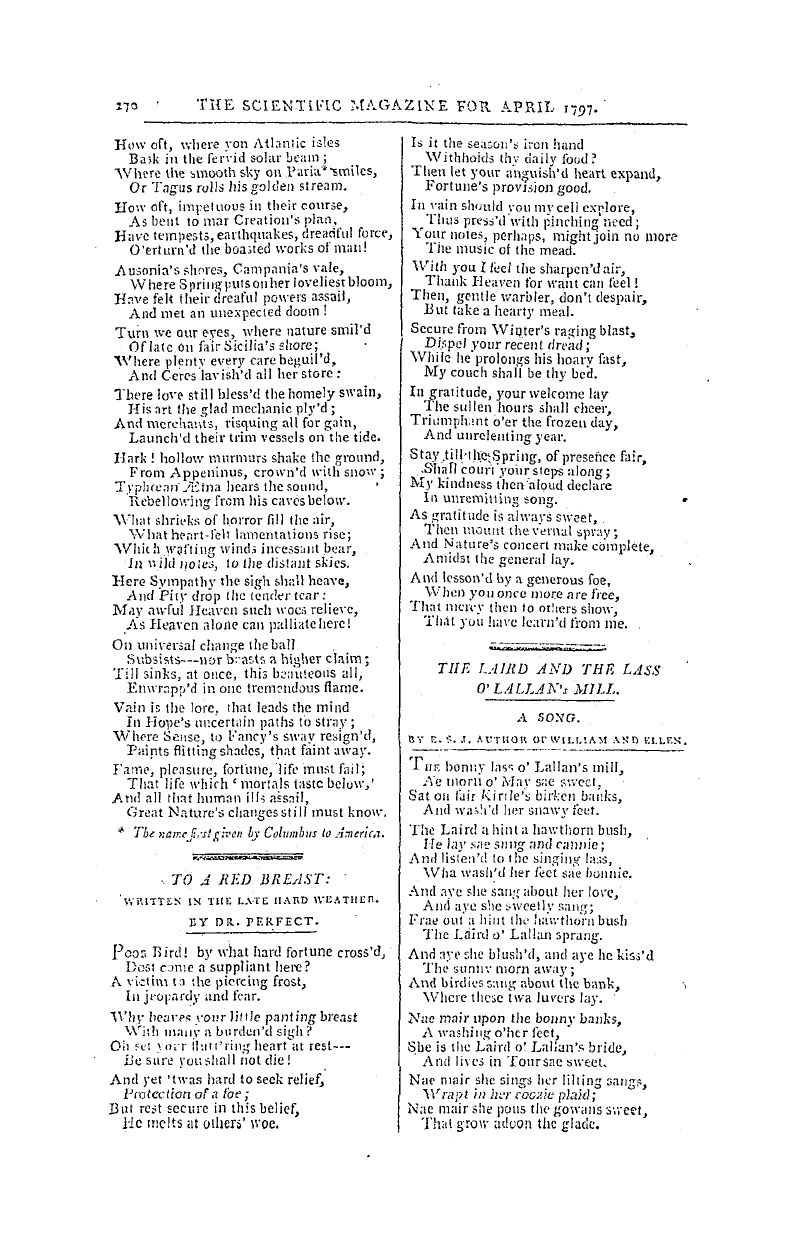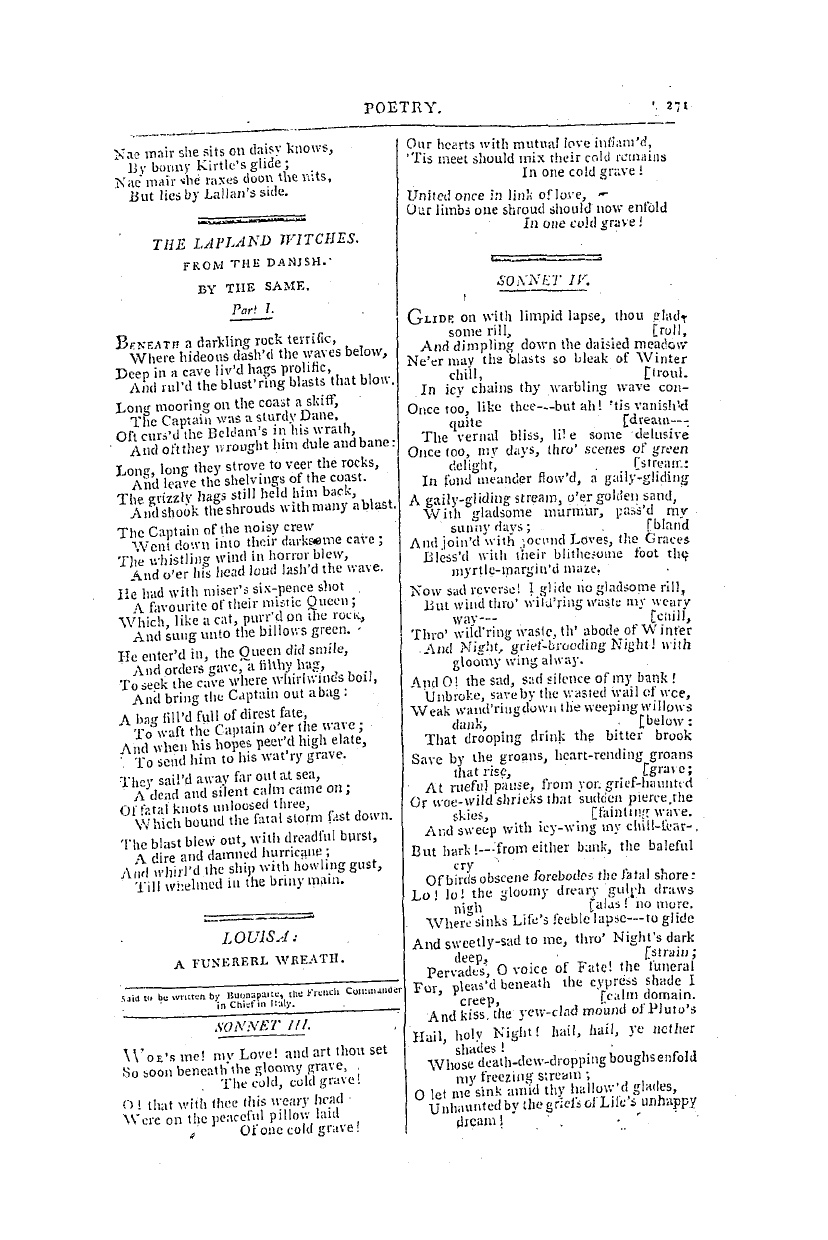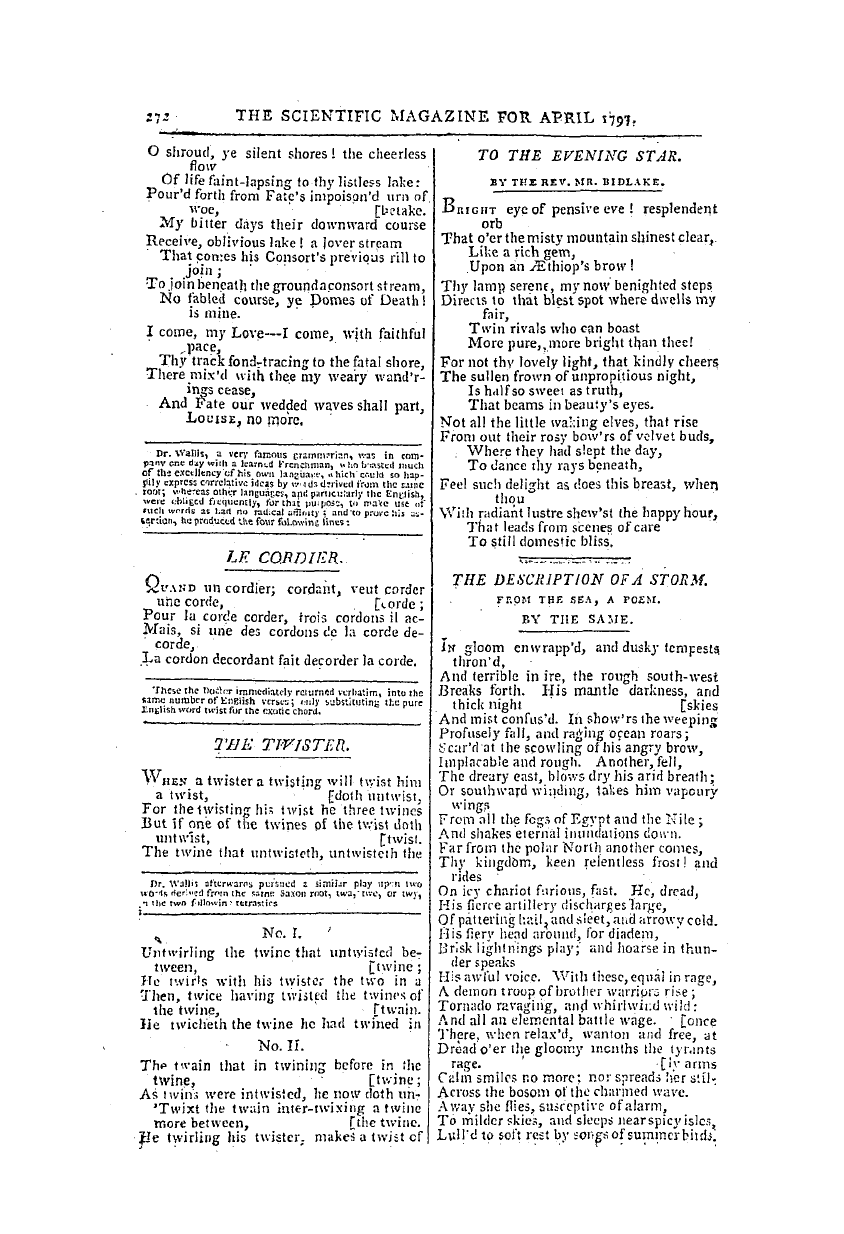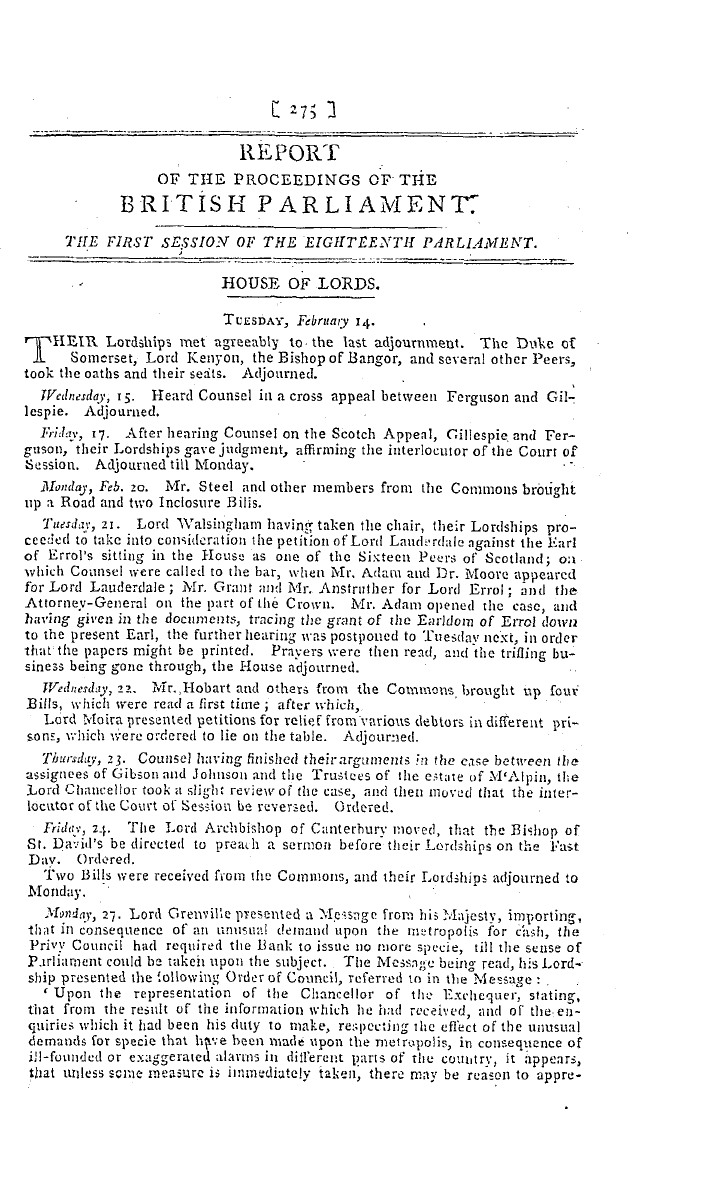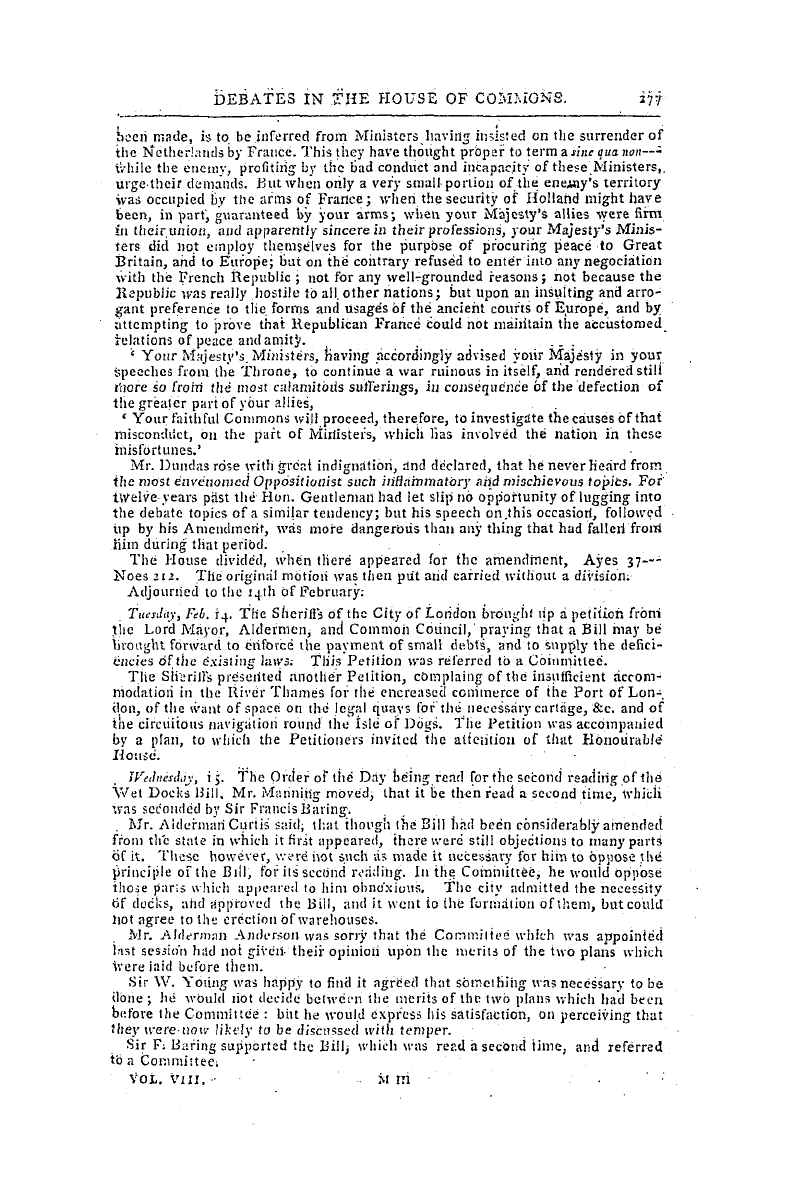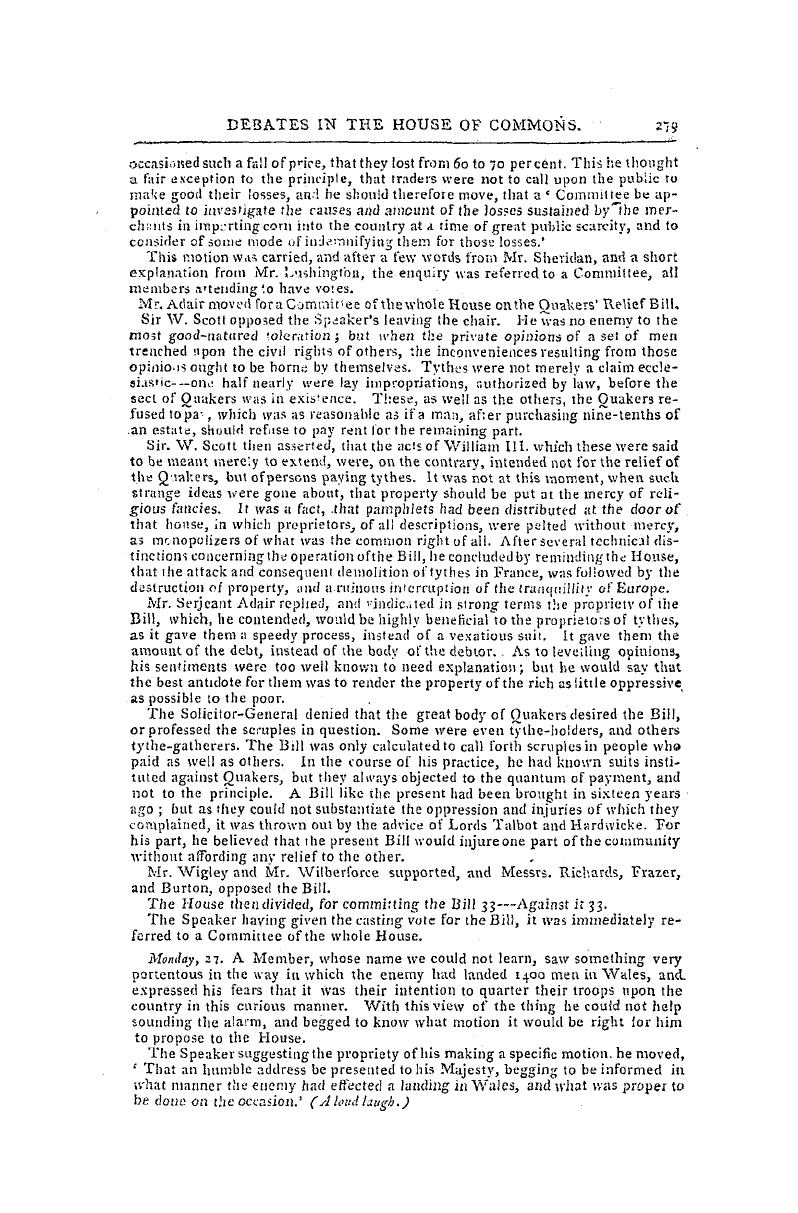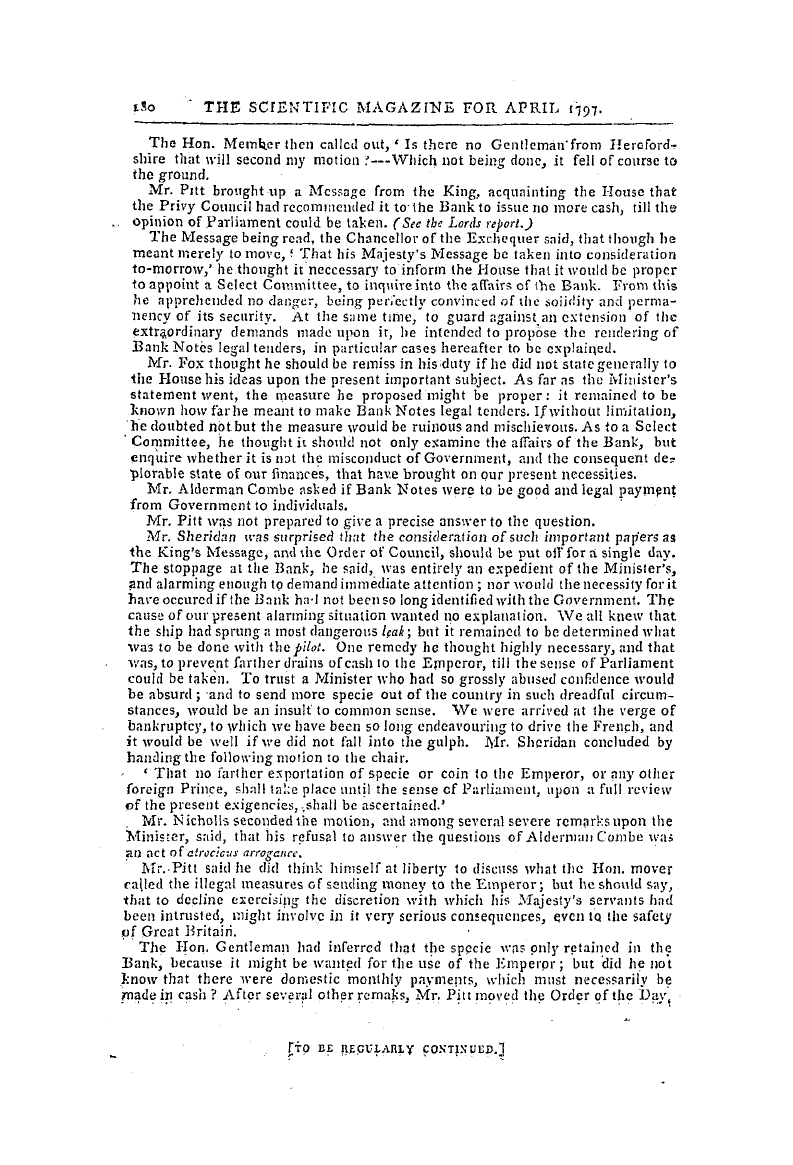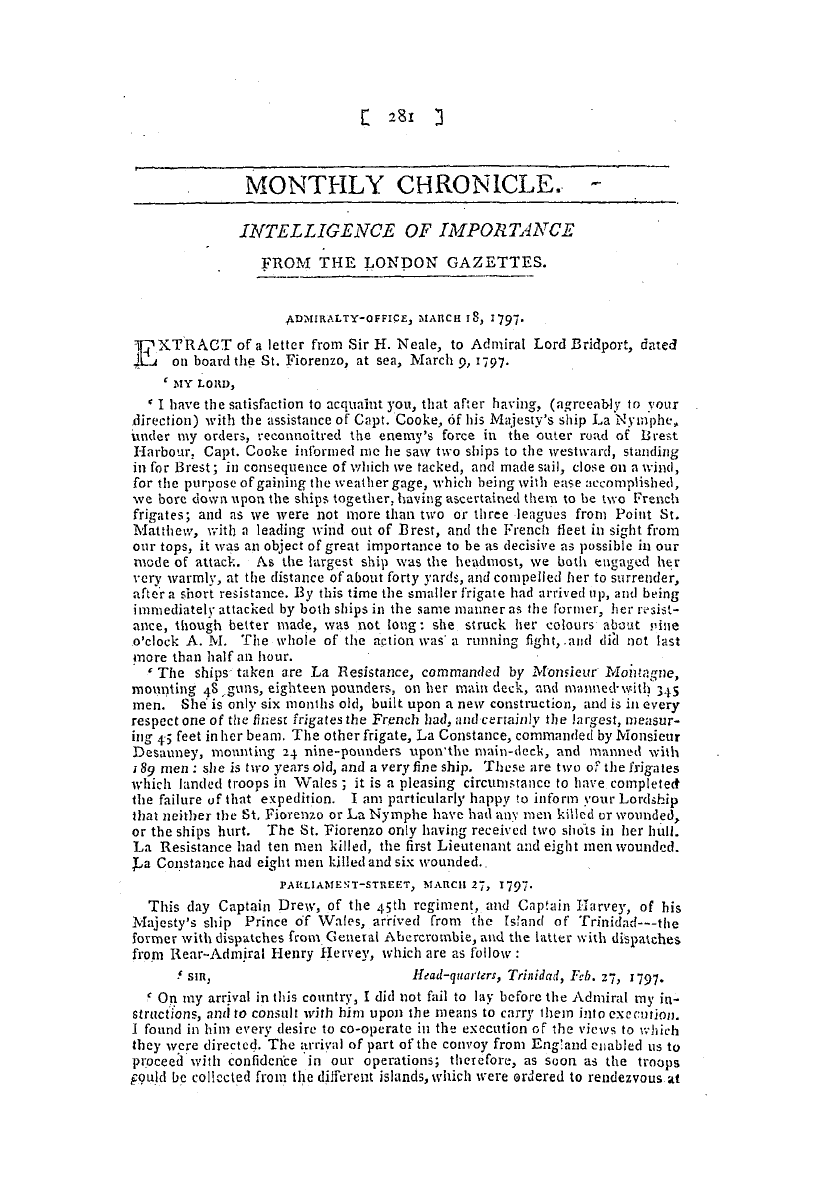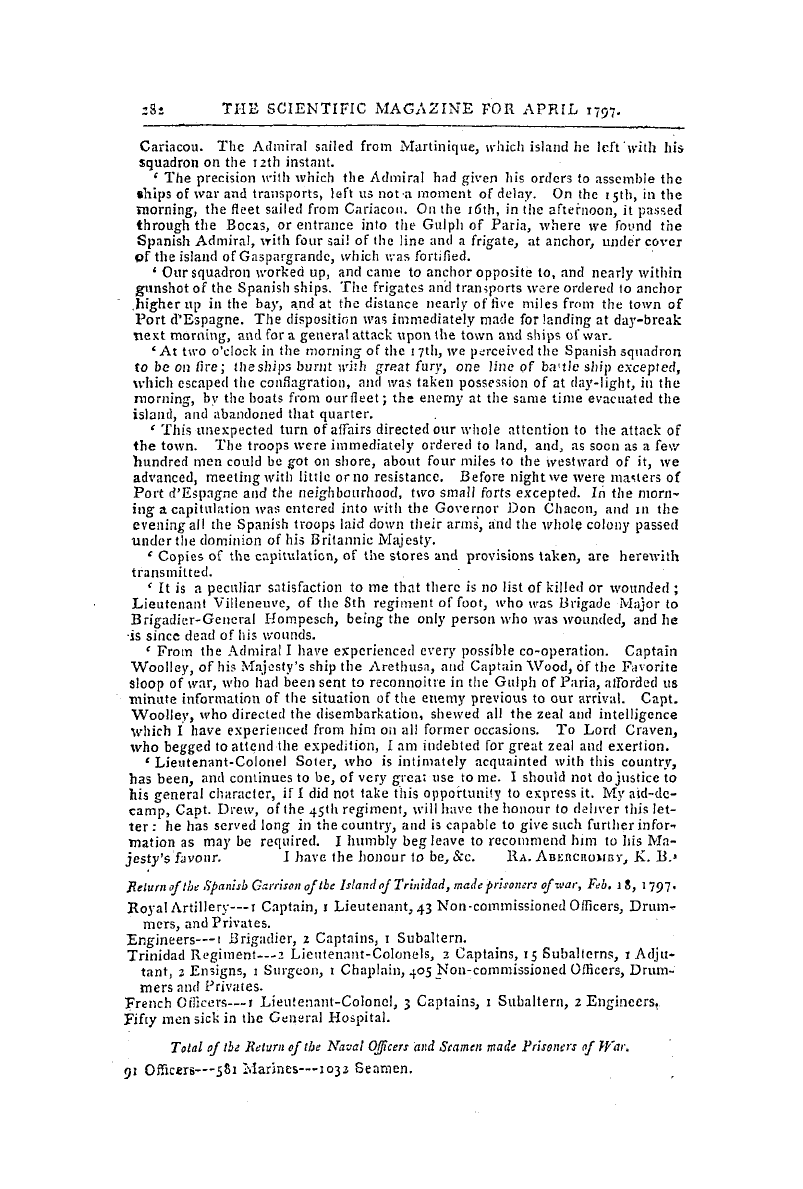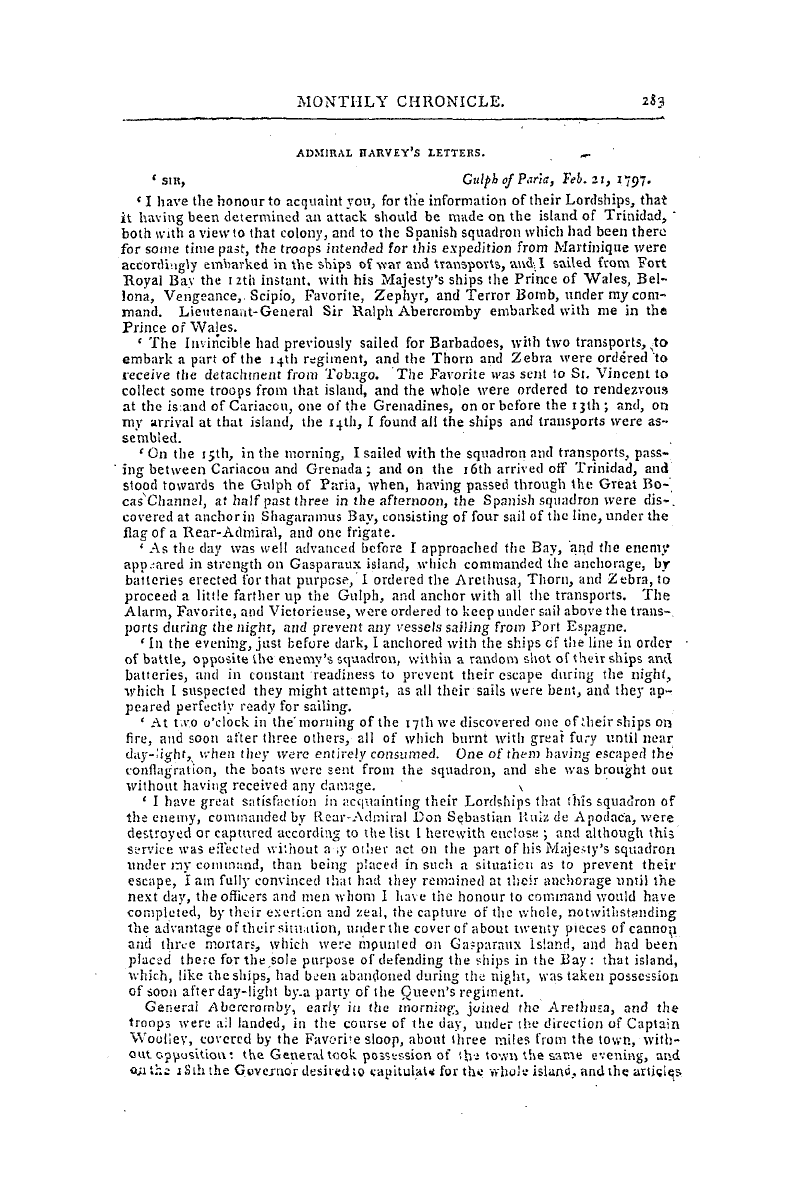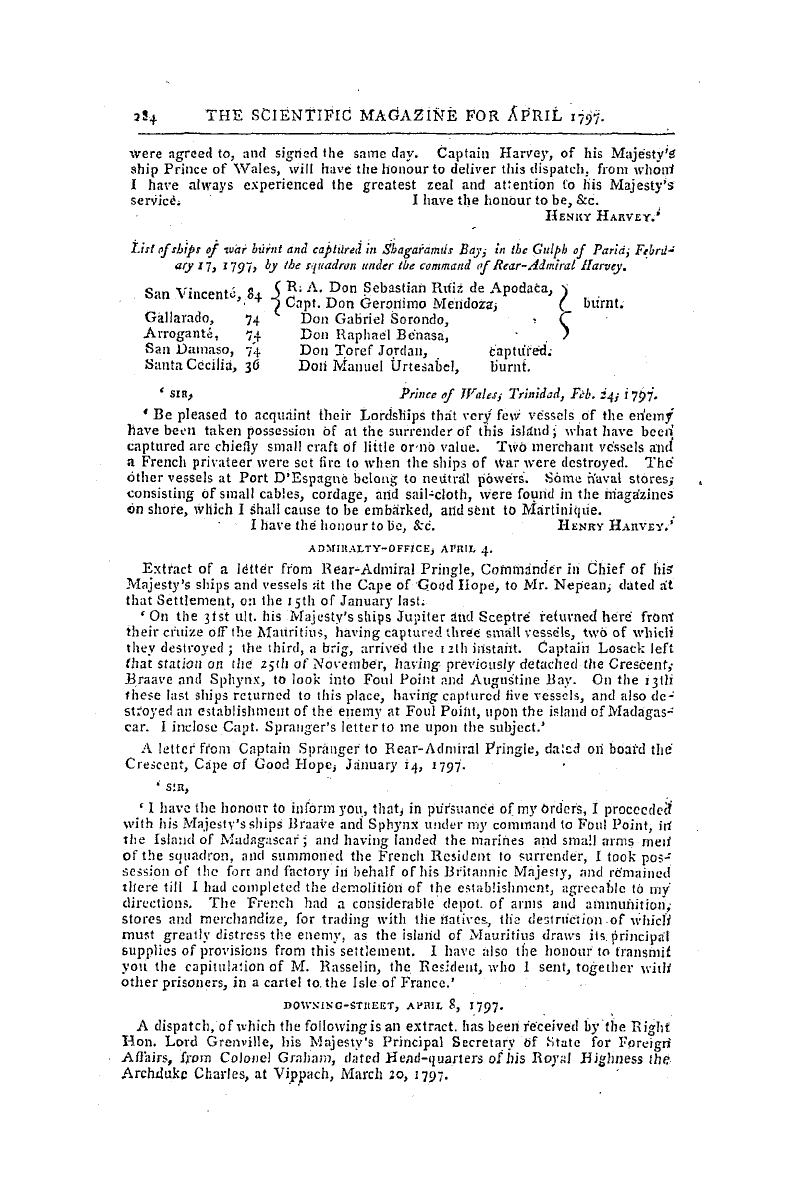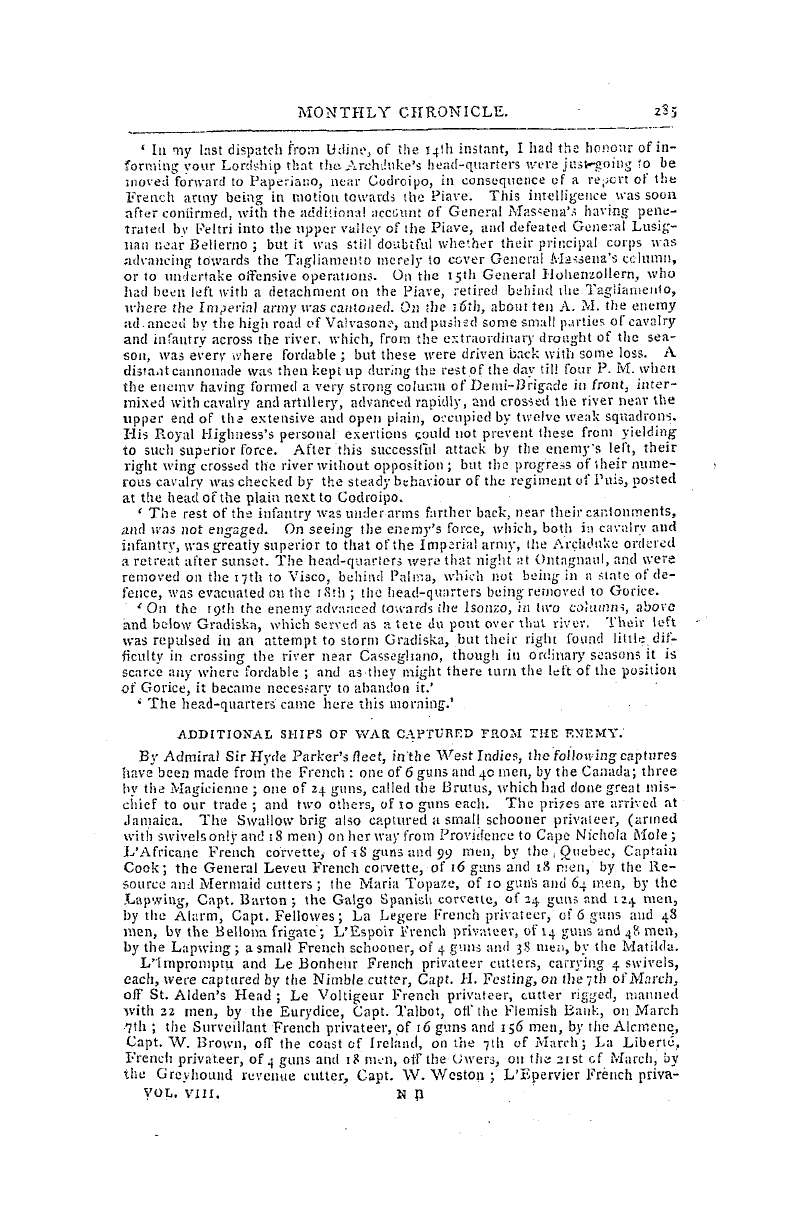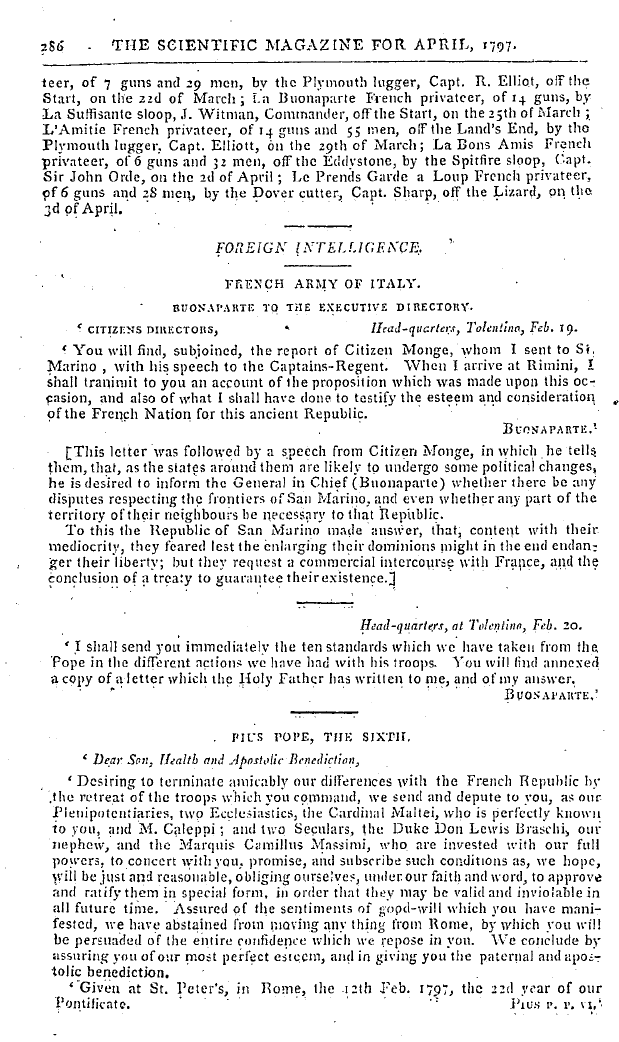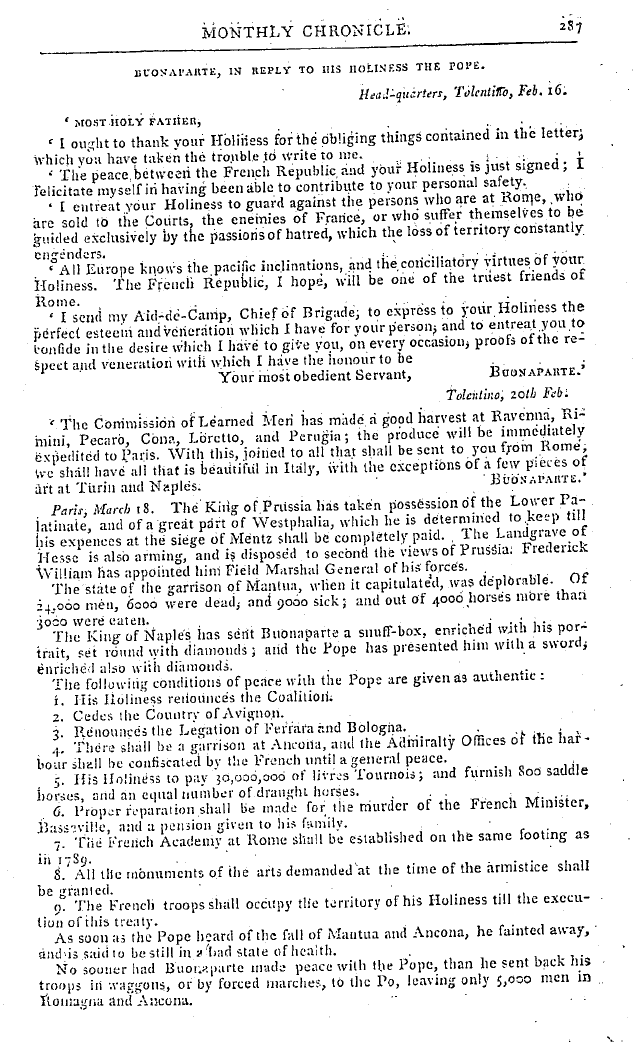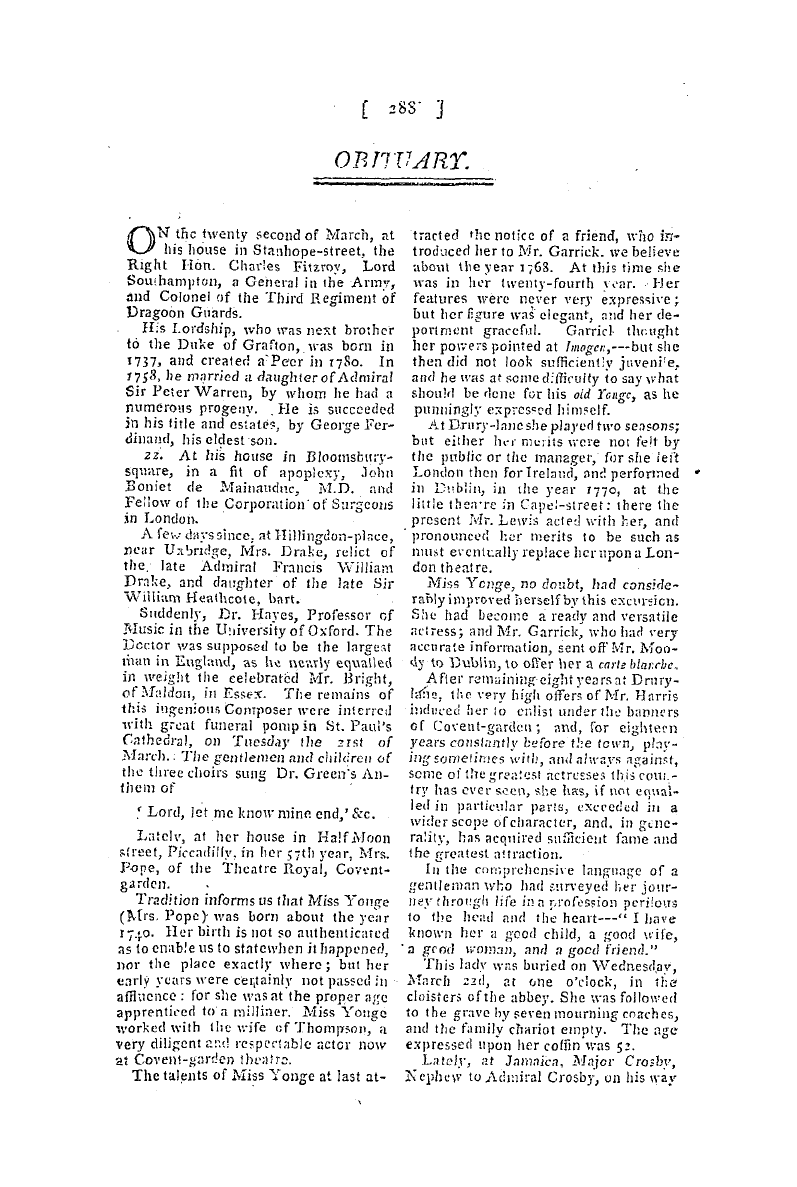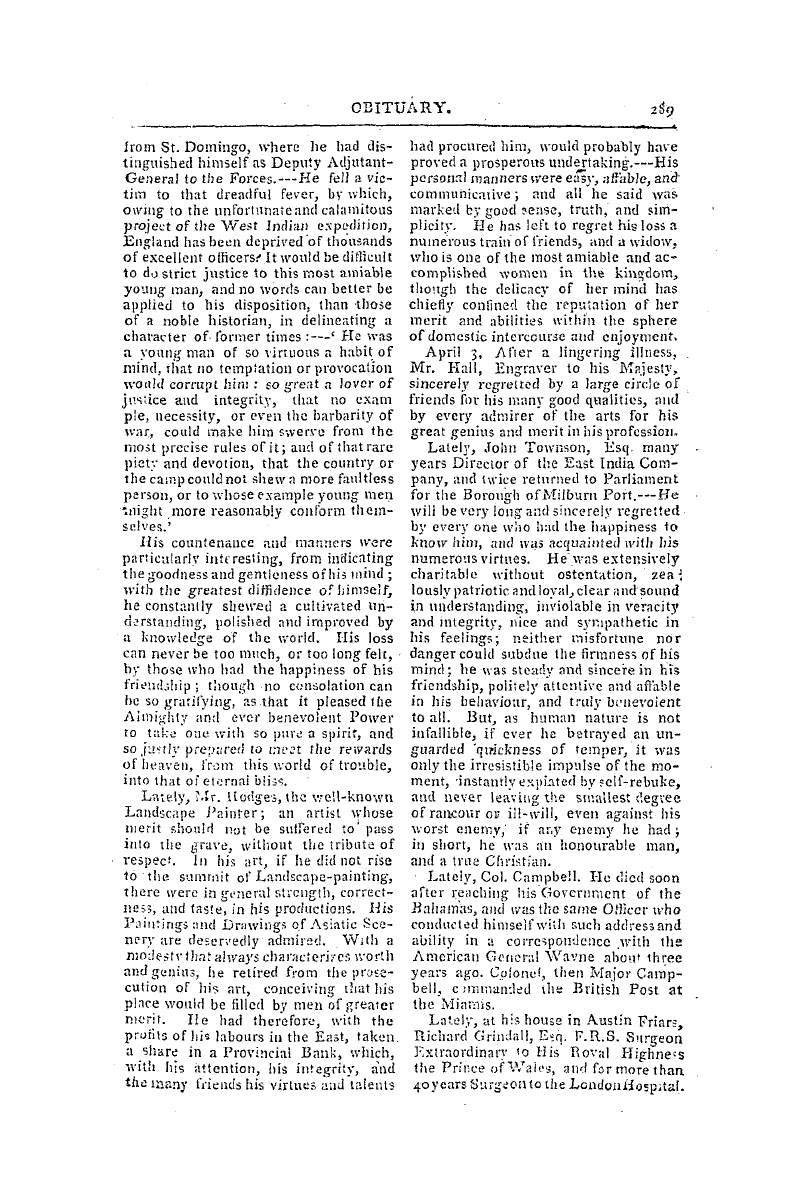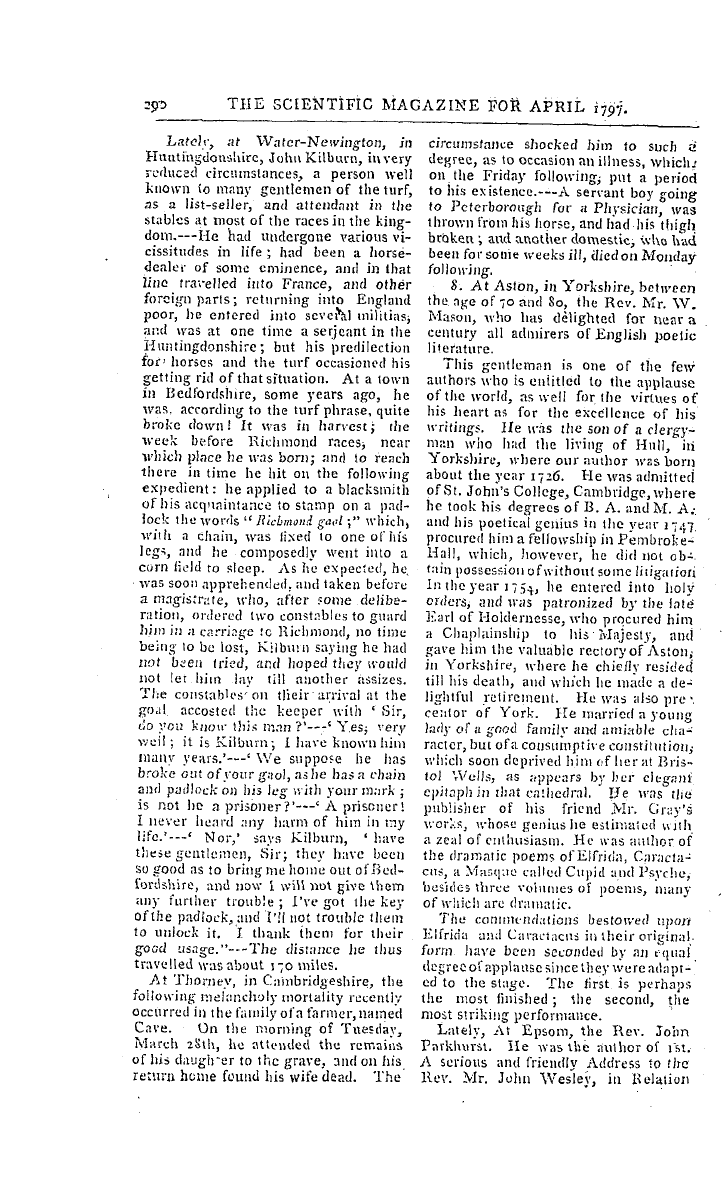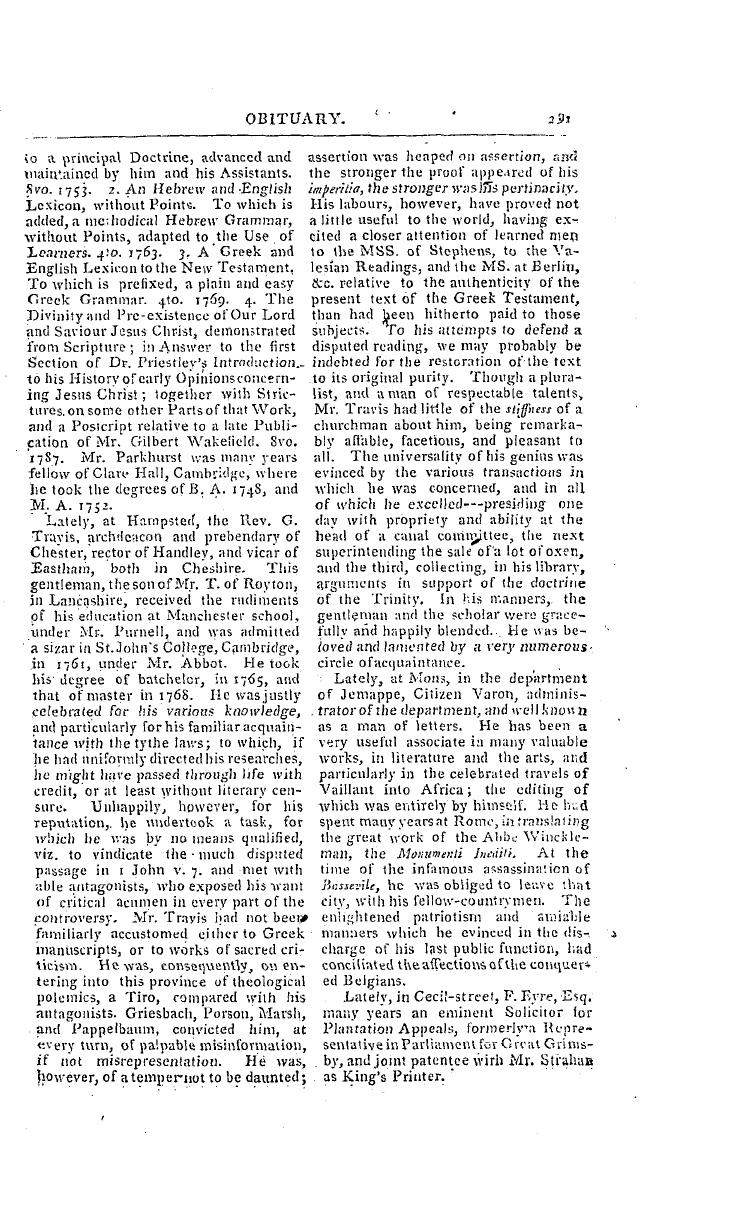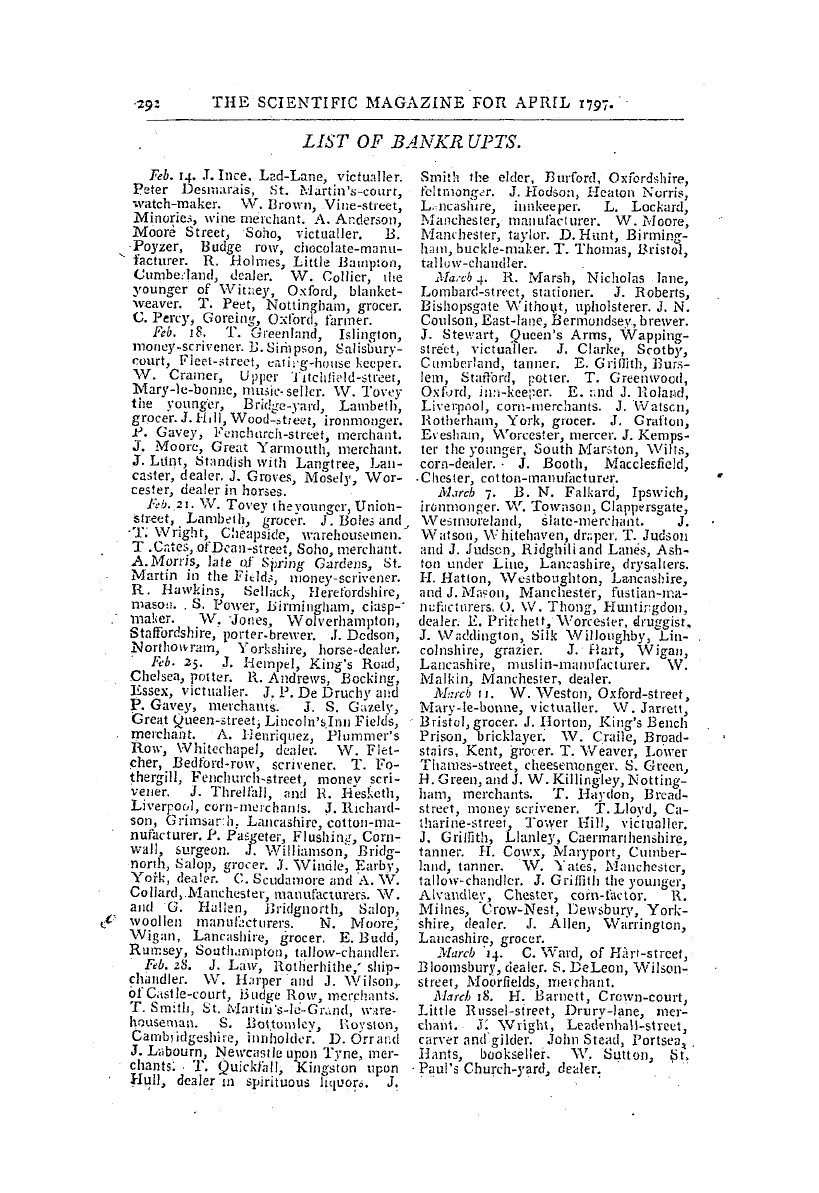-
Articles/Ads
Article RISE AND FALL OF BEARDS. ← Page 3 of 4 →
Note: This text has been automatically extracted via Optical Character Recognition (OCR) software.
Rise And Fall Of Beards.
dergo several changes both in form and name : there were Spanish , Turkish , Guard-dagger , & c . whiskers ; in short , Royal ones , which were last worn : their smallness proclaimed their approaching fall . The Turkish wives kiss their husbands' beards , ancl children their fathers ' , as often as the } - come to salute them . The men kiss One another ' s beards reciprocally on both sideswhen they salute in the
, streets , or come off from any journey . The fashion of the beard has varied in different ages and countries ; some cultivating and cherishing ' one part of it , some another . Thus the Hebrews wear a beard on their chin ; but not on the upper lip or cheeks . Moses forbids them to cut off entirely the angle or extremity of their beard ; that is , to manage it after the Egyptian fashion , who
left only a little tuft of beard at the extremity , of their chin ; whereas the Jews , to this day , suffer a little fillet of hair to grow from the lower end of their ears to their chins , where , as well as on their lower lips , their beards are in a pretty long bunch . The Jews , in time of mourning , neglected to trim their beards , that is , to cut off what grew superfluous on the upper lips and cheeks . In time of grief ancl great
affliction , they also plucked off the hair of their beards . ¦ Anointing the beard with unguents is an ancient practice both among the Jews and Romans , and still continues in use among the Tuiks ; where one of the principal ceremonies observed in serious visits is to throw sweet-scented water on the beard of the visitant , ancl to perfume it afterwards with aloes-woorl , which sticks to this
moisture , and gives it an agreeable smell . In the middle-age writers we meet with adlentare barbam , used for stroking and combing it , to render it soft and flexible . The Turks , when they comb their beards , hold a handkerchief on their knees , and gather very carefully the hairs that fall ; and , when they have got together a certain quantity , they fold them up in paper , and carry them to' the p lace where they they inter the deadand bury them .
, There are several instances given by Hippocrates , and other physicians , of grown women ,-who have been observed to want the customary dischaige , having long beards . Eusebius Nierembergius mentions a woman who had a beard that reached to her navel ; and in the cabinet of curiosities of Stutgartl , in Germany , there is the portrait of a woman called Bartel Graetje . whose chin is covered with a very
large beard . She was drawn in 15 S 7 , at which time she was but twenty-five years of age . , There is likewise in the same cabinet , another portrait of her when she was more advanced in life , but likewise with a beard . It is said , that the Duke of Saxony had the portrait of a poor Swiss woman taken , remarkable for her long bushy beard ; and those who were at the carnival at Venice in 1726 , saw a
female dancer astonish the spectators not more by her talents than by her chin covered with a black bushy beard . — 'Jharles XII . had in his army a female grenadier : it was neither courage nor a beard that she wanted , to be a man . She was taken at the battle of Pultowa , and carried to Petersburg !] , where she was presented to the Czar in 1724 : her beard measured a yard and a half , —We read in the Trevoux
Note: This text has been automatically extracted via Optical Character Recognition (OCR) software.
Rise And Fall Of Beards.
dergo several changes both in form and name : there were Spanish , Turkish , Guard-dagger , & c . whiskers ; in short , Royal ones , which were last worn : their smallness proclaimed their approaching fall . The Turkish wives kiss their husbands' beards , ancl children their fathers ' , as often as the } - come to salute them . The men kiss One another ' s beards reciprocally on both sideswhen they salute in the
, streets , or come off from any journey . The fashion of the beard has varied in different ages and countries ; some cultivating and cherishing ' one part of it , some another . Thus the Hebrews wear a beard on their chin ; but not on the upper lip or cheeks . Moses forbids them to cut off entirely the angle or extremity of their beard ; that is , to manage it after the Egyptian fashion , who
left only a little tuft of beard at the extremity , of their chin ; whereas the Jews , to this day , suffer a little fillet of hair to grow from the lower end of their ears to their chins , where , as well as on their lower lips , their beards are in a pretty long bunch . The Jews , in time of mourning , neglected to trim their beards , that is , to cut off what grew superfluous on the upper lips and cheeks . In time of grief ancl great
affliction , they also plucked off the hair of their beards . ¦ Anointing the beard with unguents is an ancient practice both among the Jews and Romans , and still continues in use among the Tuiks ; where one of the principal ceremonies observed in serious visits is to throw sweet-scented water on the beard of the visitant , ancl to perfume it afterwards with aloes-woorl , which sticks to this
moisture , and gives it an agreeable smell . In the middle-age writers we meet with adlentare barbam , used for stroking and combing it , to render it soft and flexible . The Turks , when they comb their beards , hold a handkerchief on their knees , and gather very carefully the hairs that fall ; and , when they have got together a certain quantity , they fold them up in paper , and carry them to' the p lace where they they inter the deadand bury them .
, There are several instances given by Hippocrates , and other physicians , of grown women ,-who have been observed to want the customary dischaige , having long beards . Eusebius Nierembergius mentions a woman who had a beard that reached to her navel ; and in the cabinet of curiosities of Stutgartl , in Germany , there is the portrait of a woman called Bartel Graetje . whose chin is covered with a very
large beard . She was drawn in 15 S 7 , at which time she was but twenty-five years of age . , There is likewise in the same cabinet , another portrait of her when she was more advanced in life , but likewise with a beard . It is said , that the Duke of Saxony had the portrait of a poor Swiss woman taken , remarkable for her long bushy beard ; and those who were at the carnival at Venice in 1726 , saw a
female dancer astonish the spectators not more by her talents than by her chin covered with a black bushy beard . — 'Jharles XII . had in his army a female grenadier : it was neither courage nor a beard that she wanted , to be a man . She was taken at the battle of Pultowa , and carried to Petersburg !] , where she was presented to the Czar in 1724 : her beard measured a yard and a half , —We read in the Trevoux

